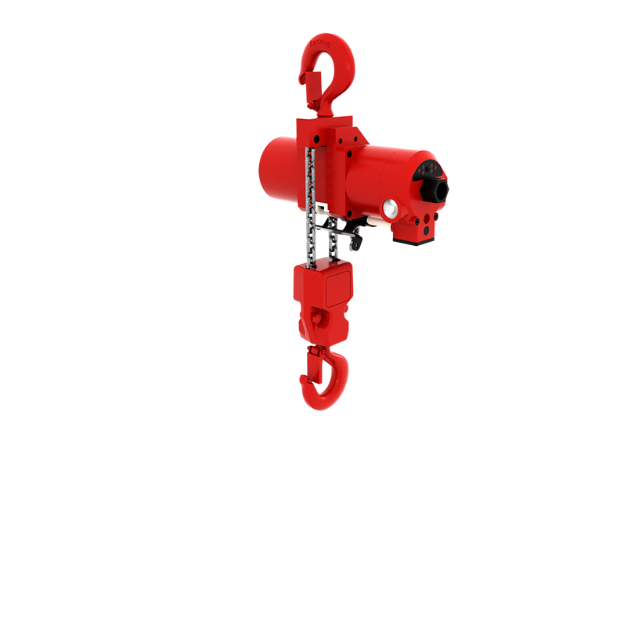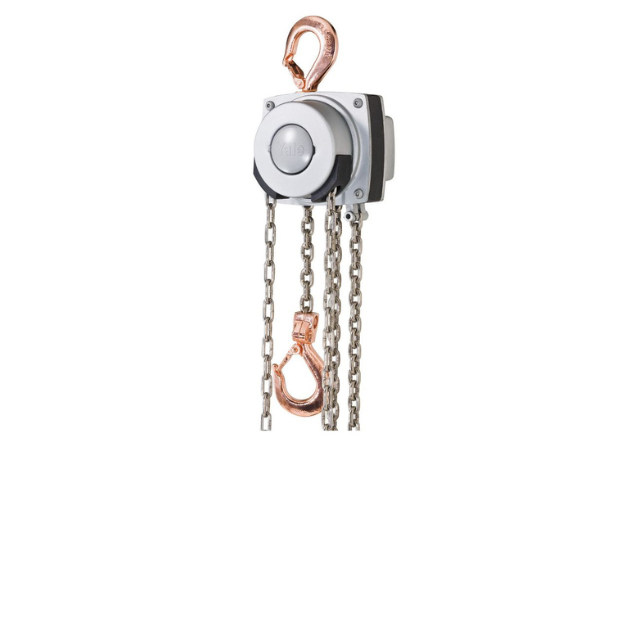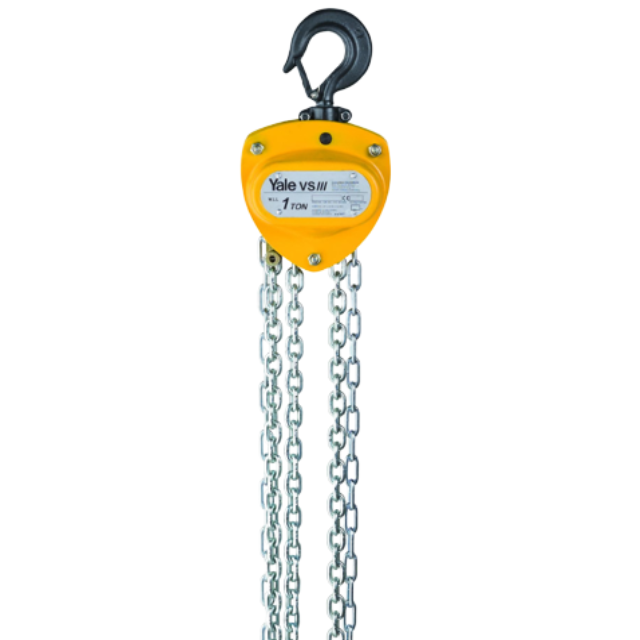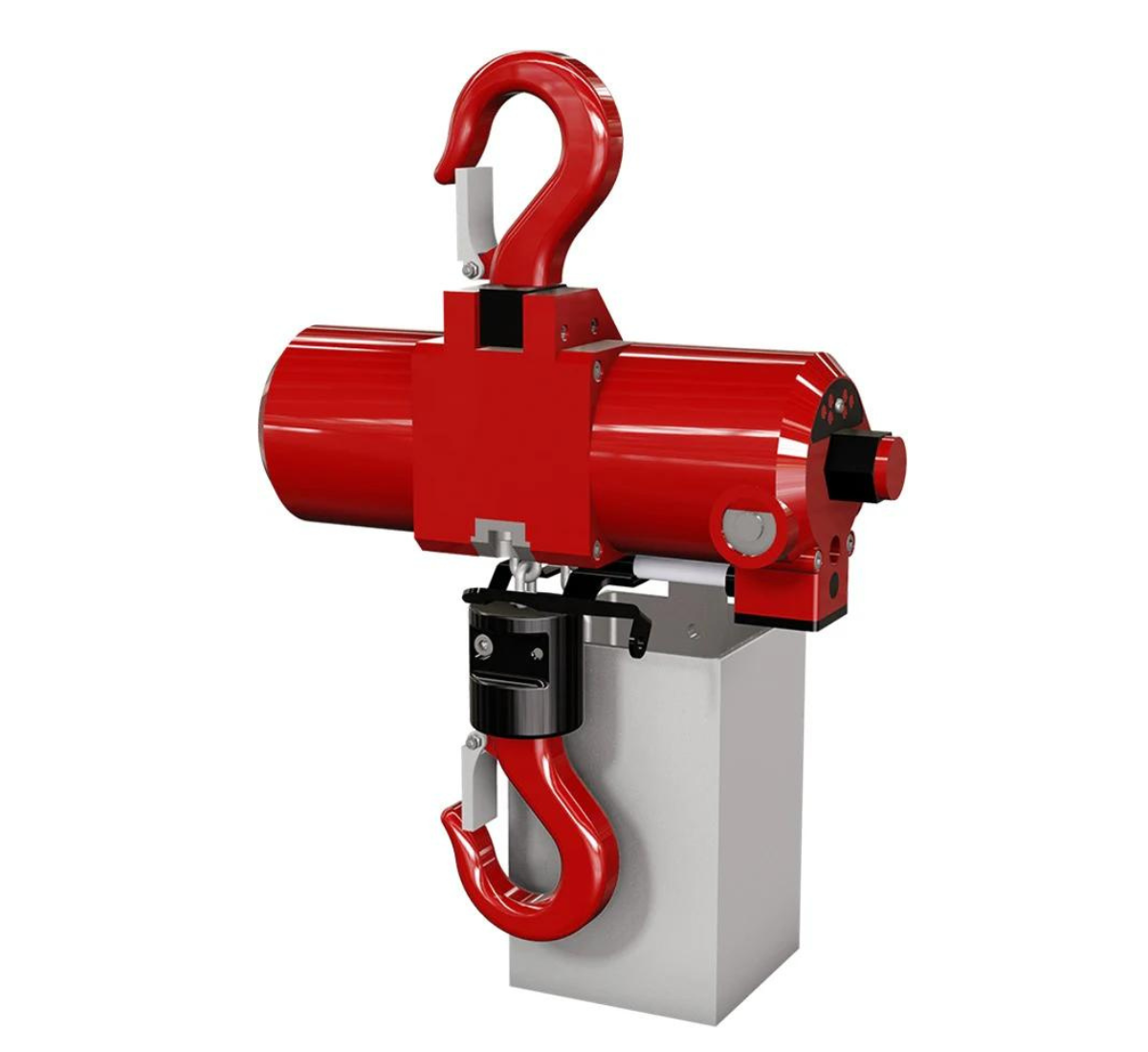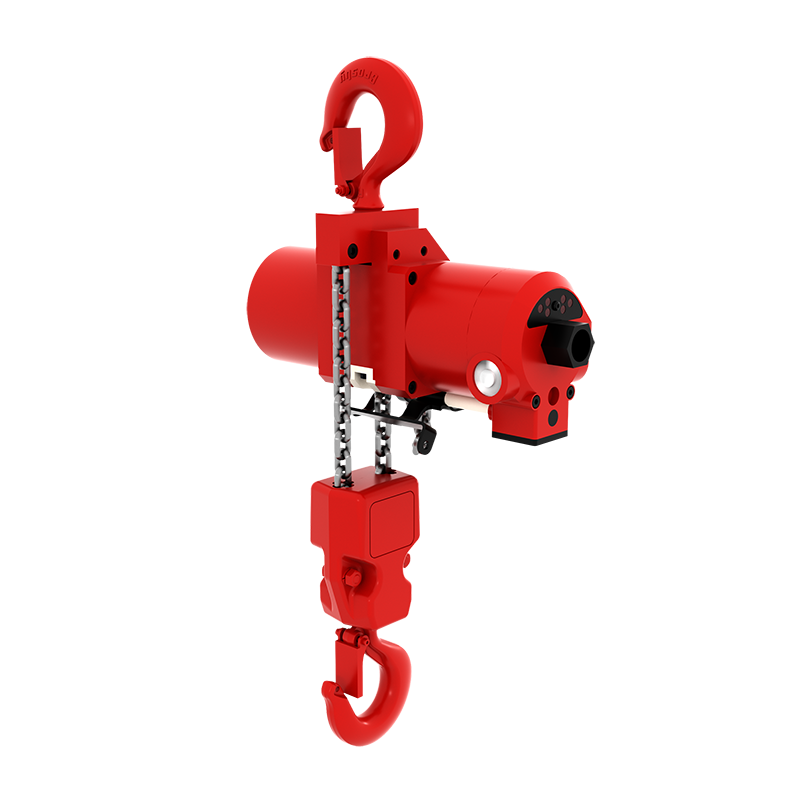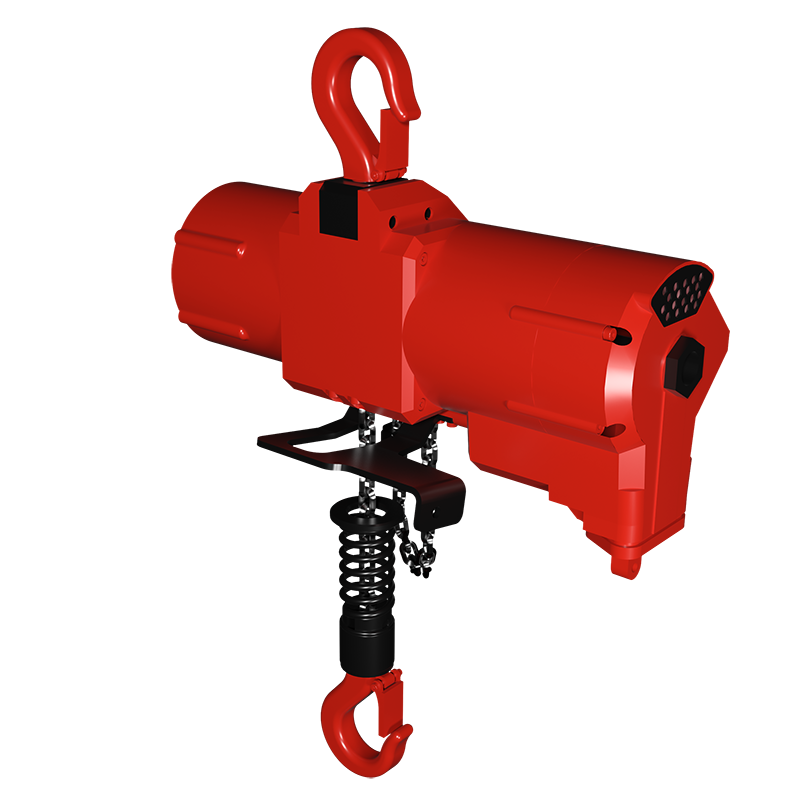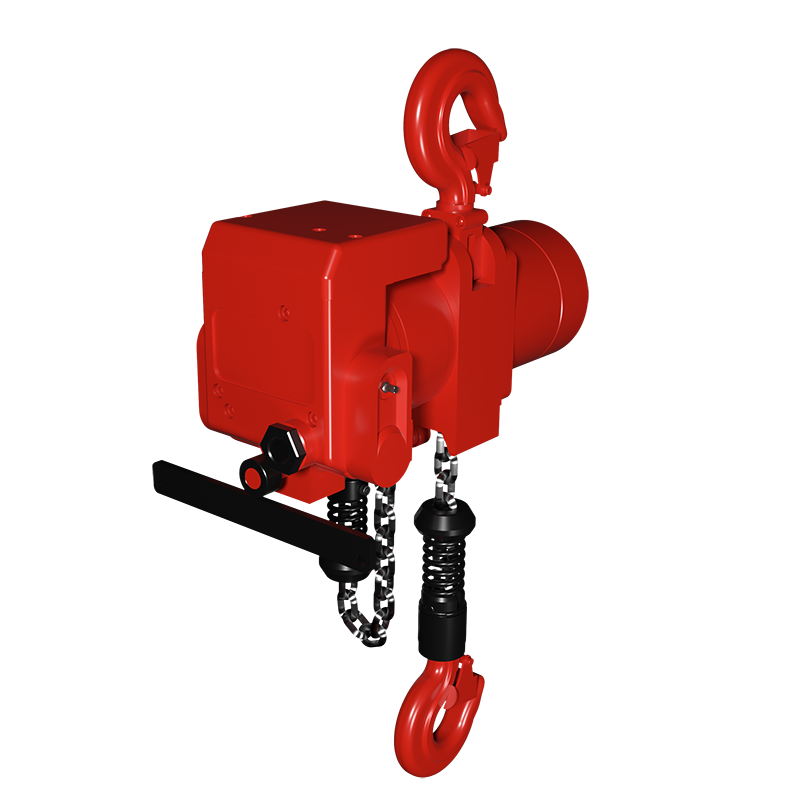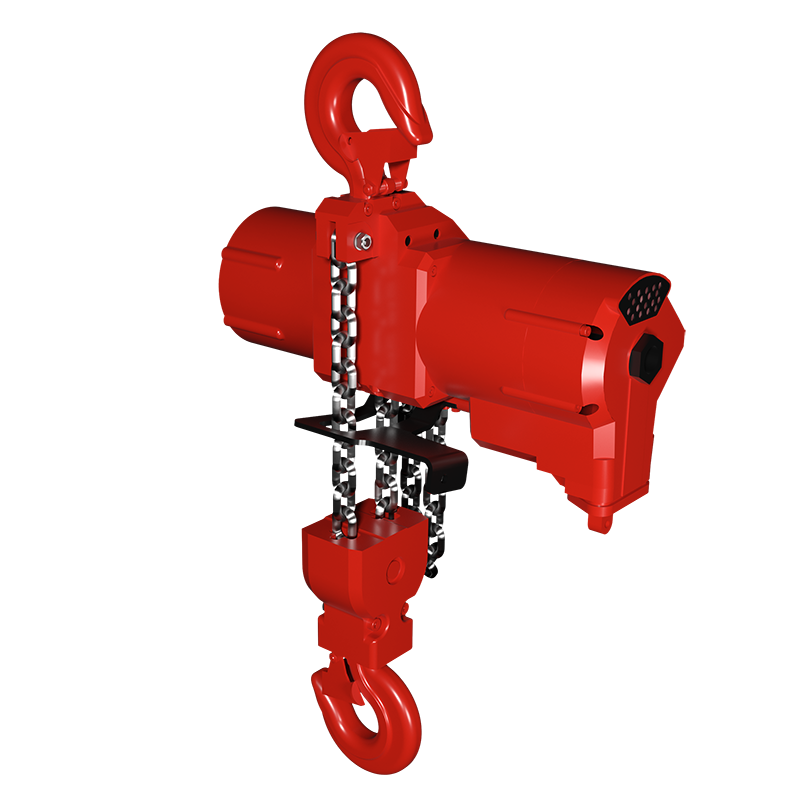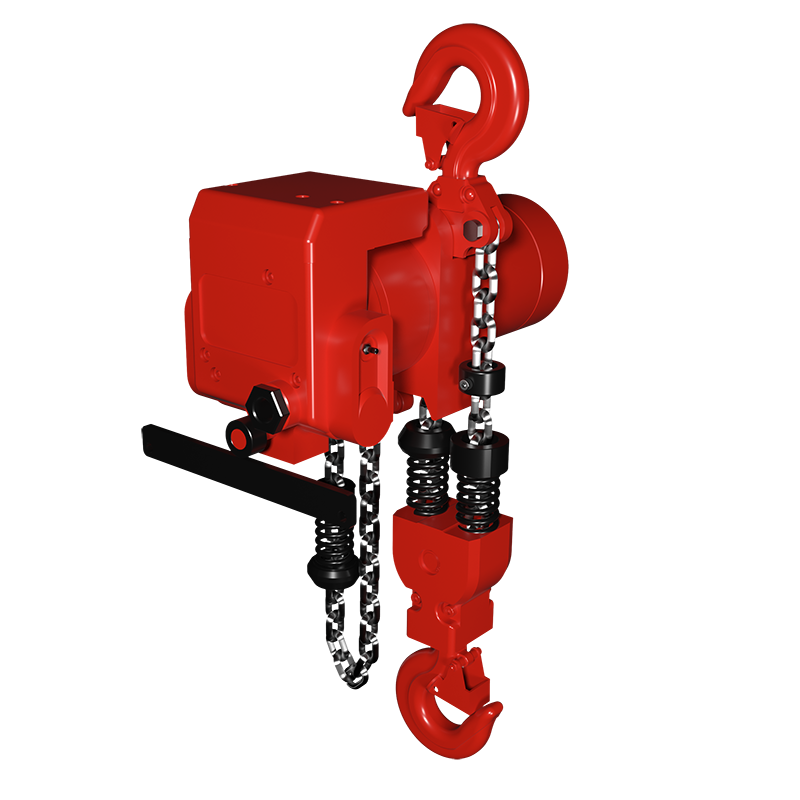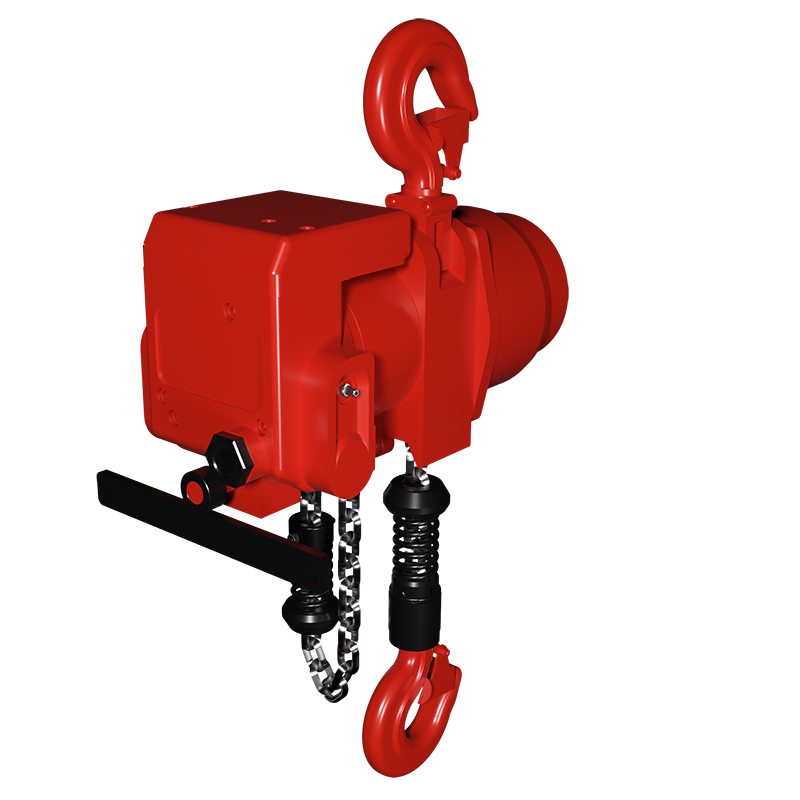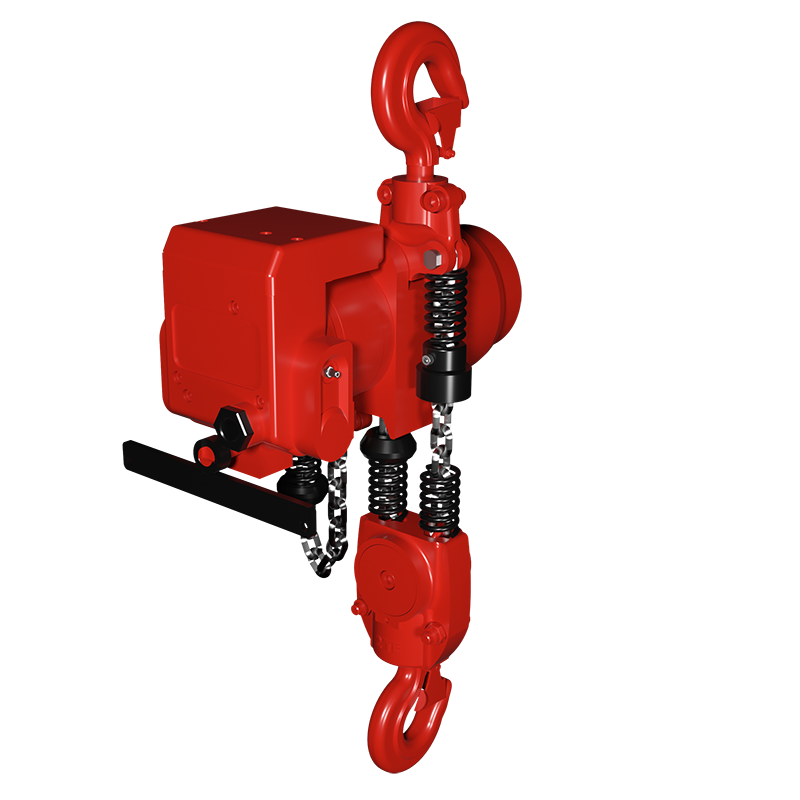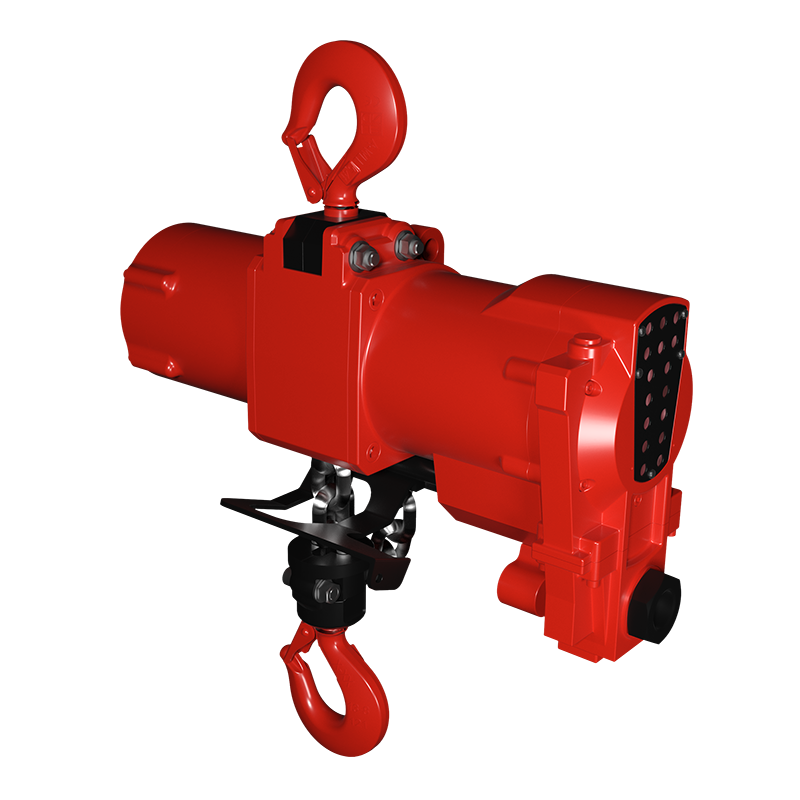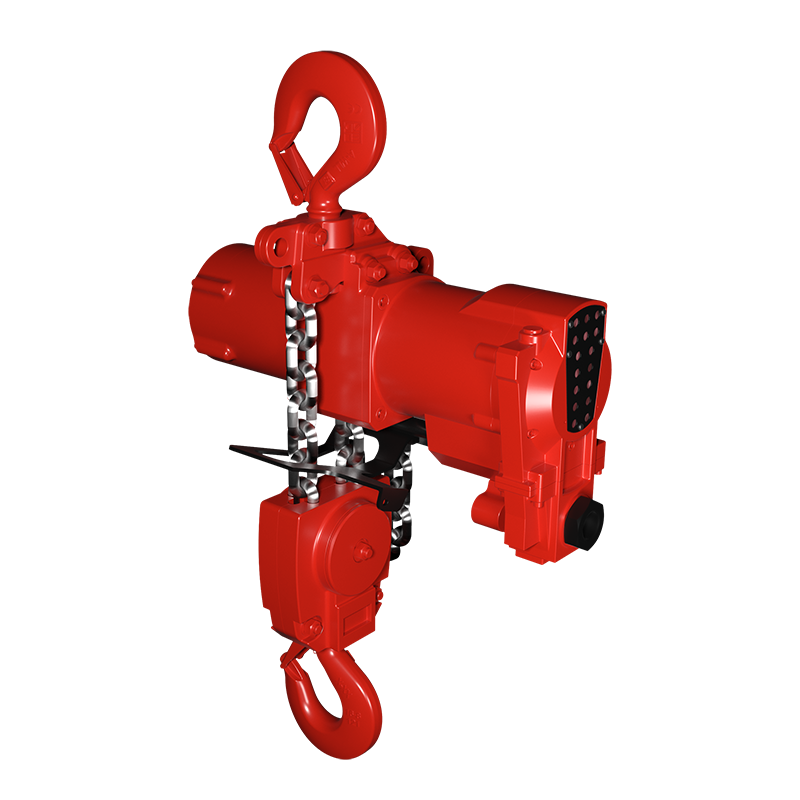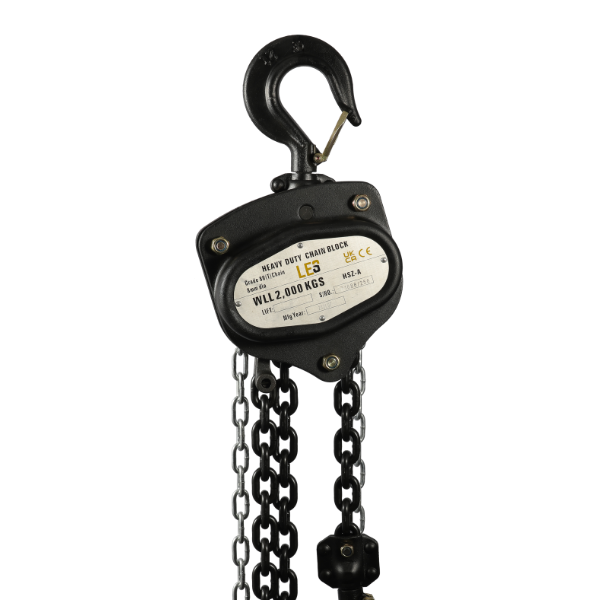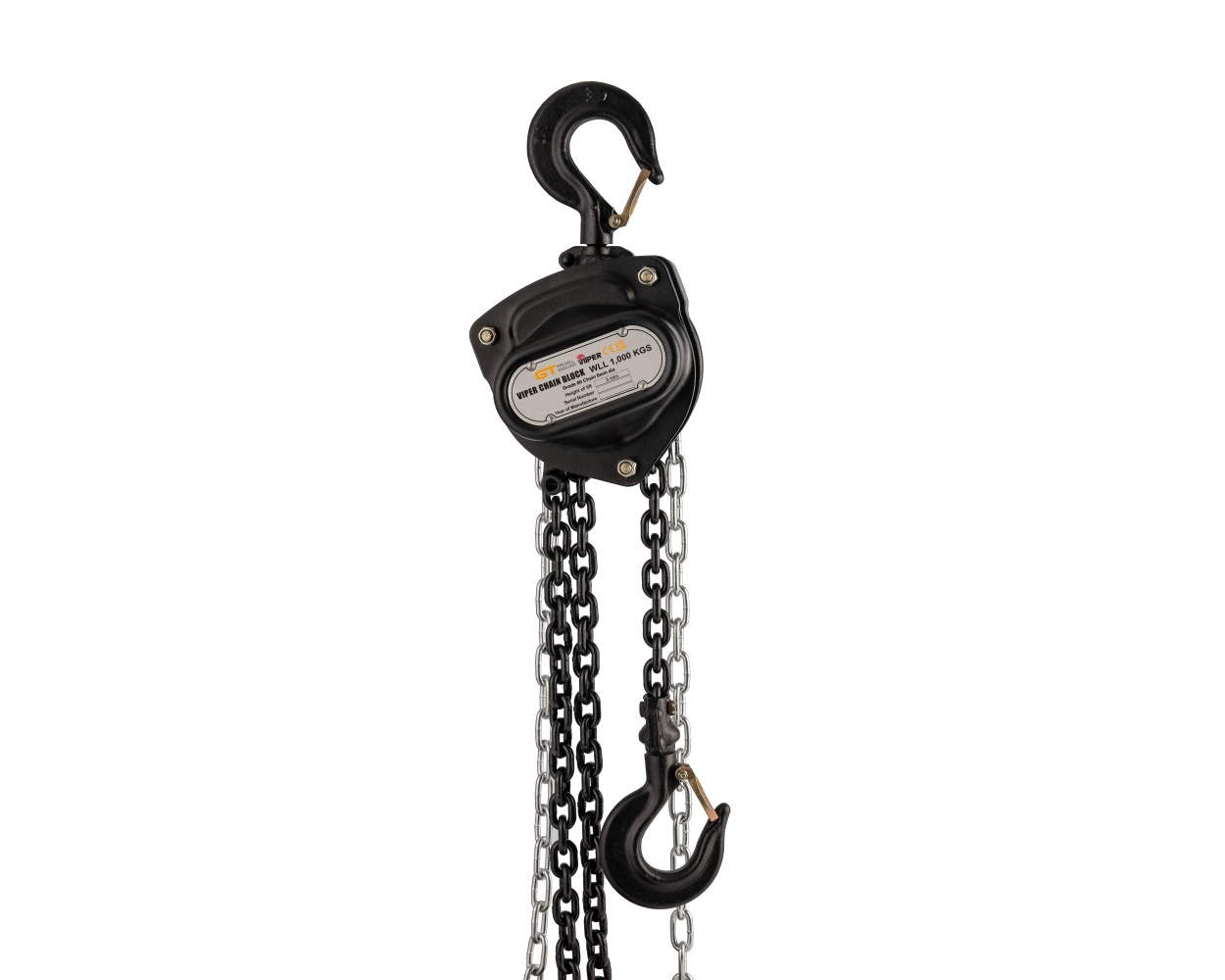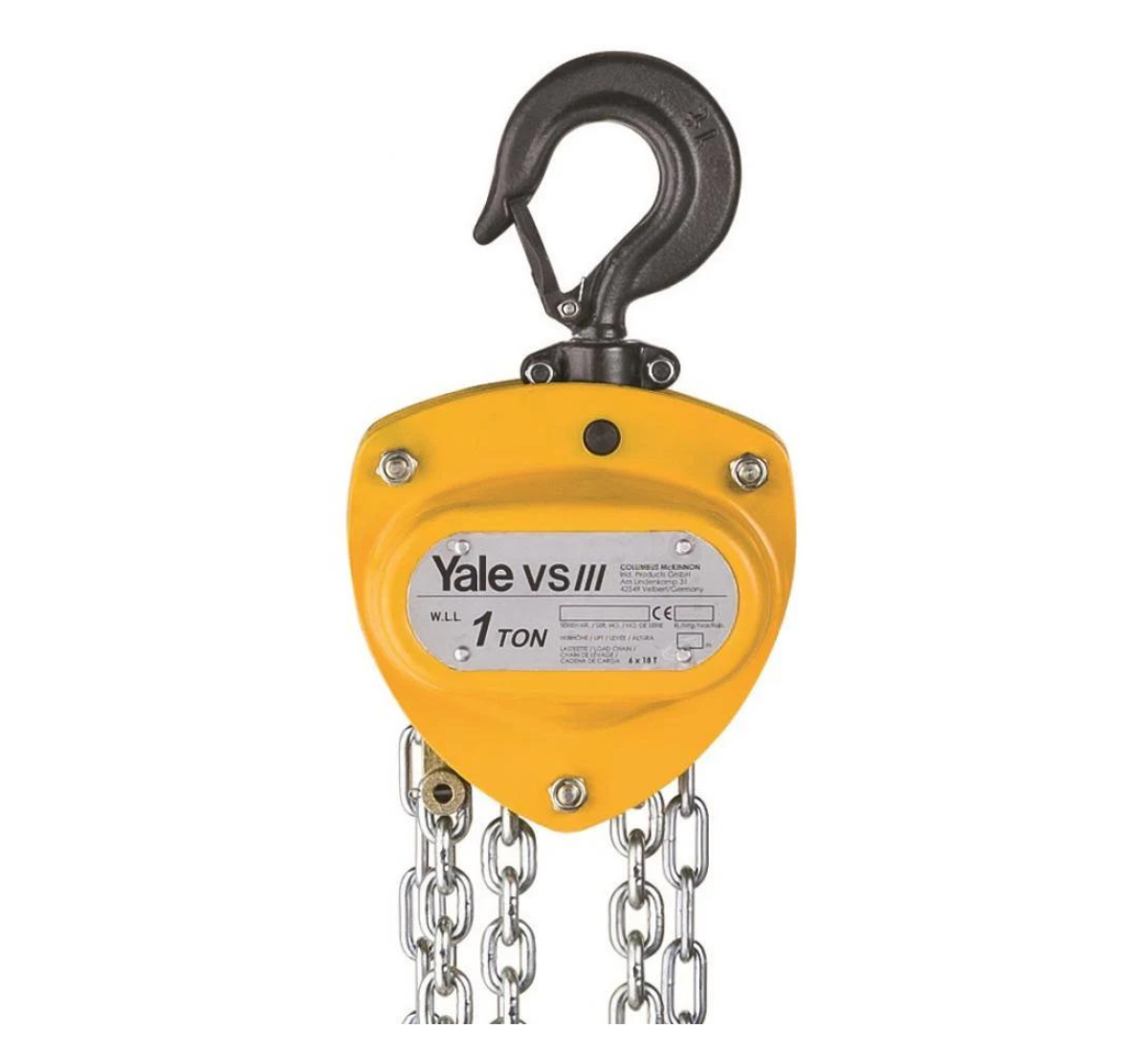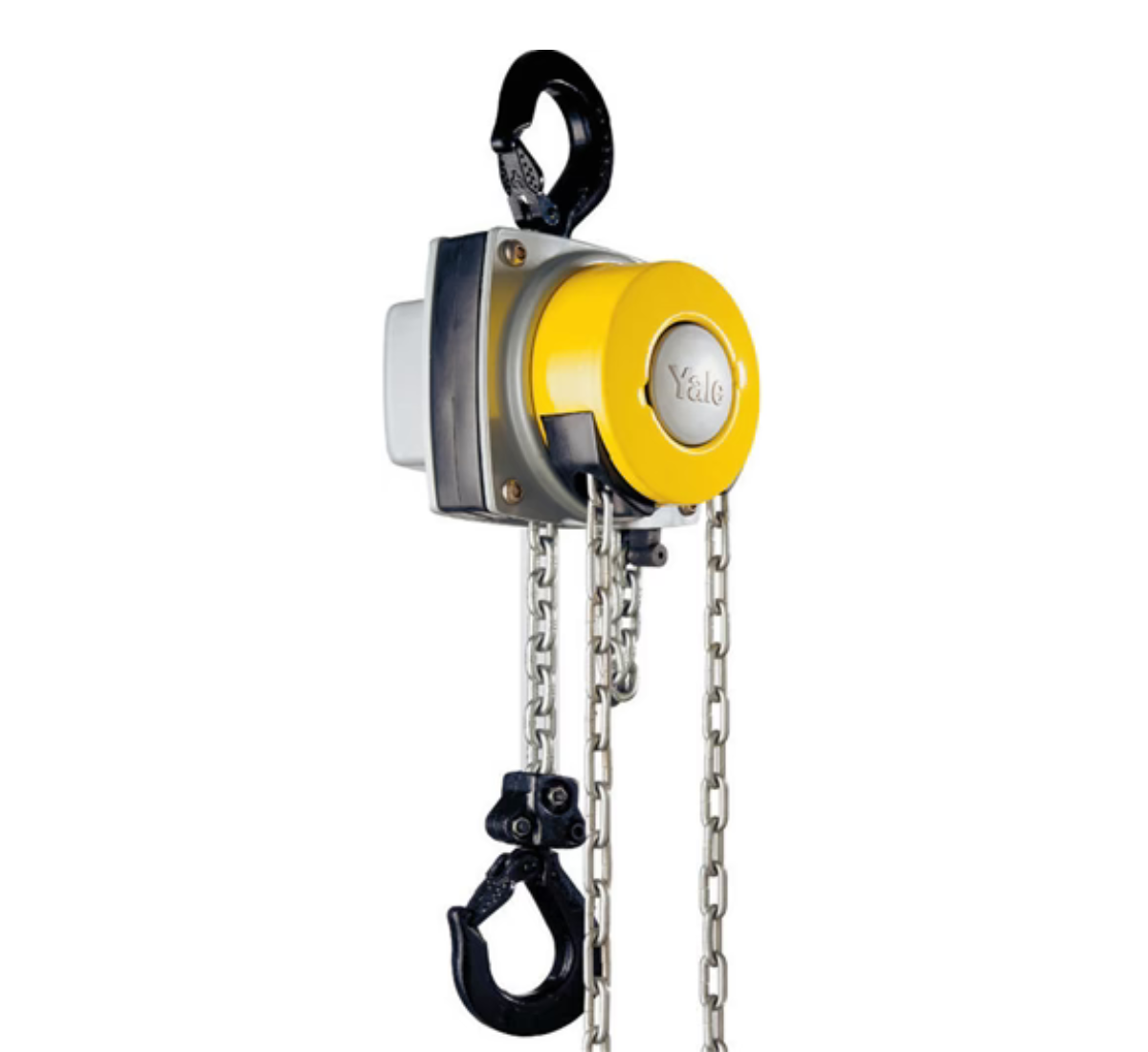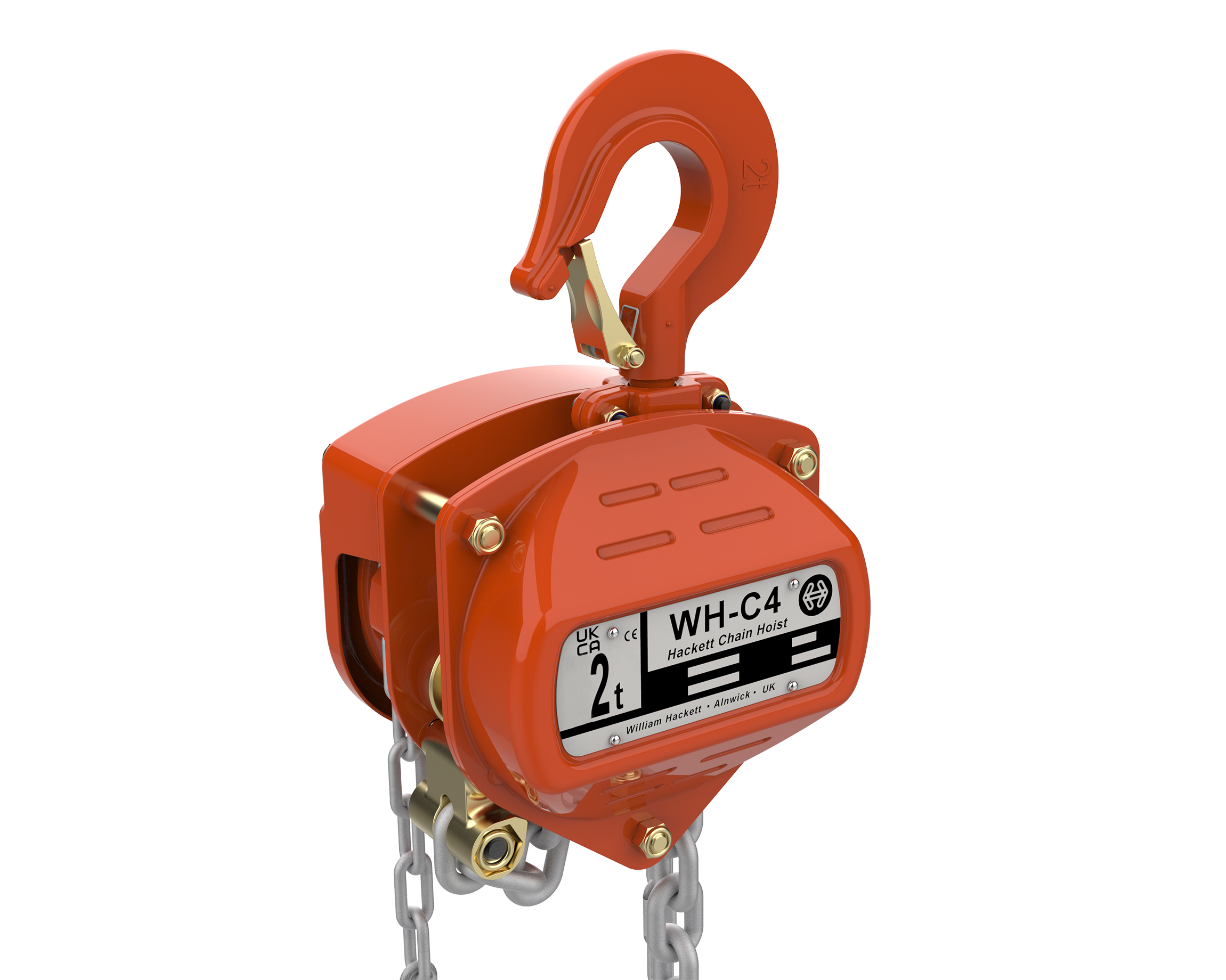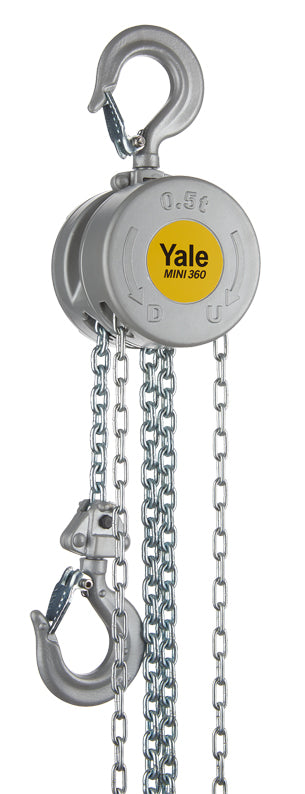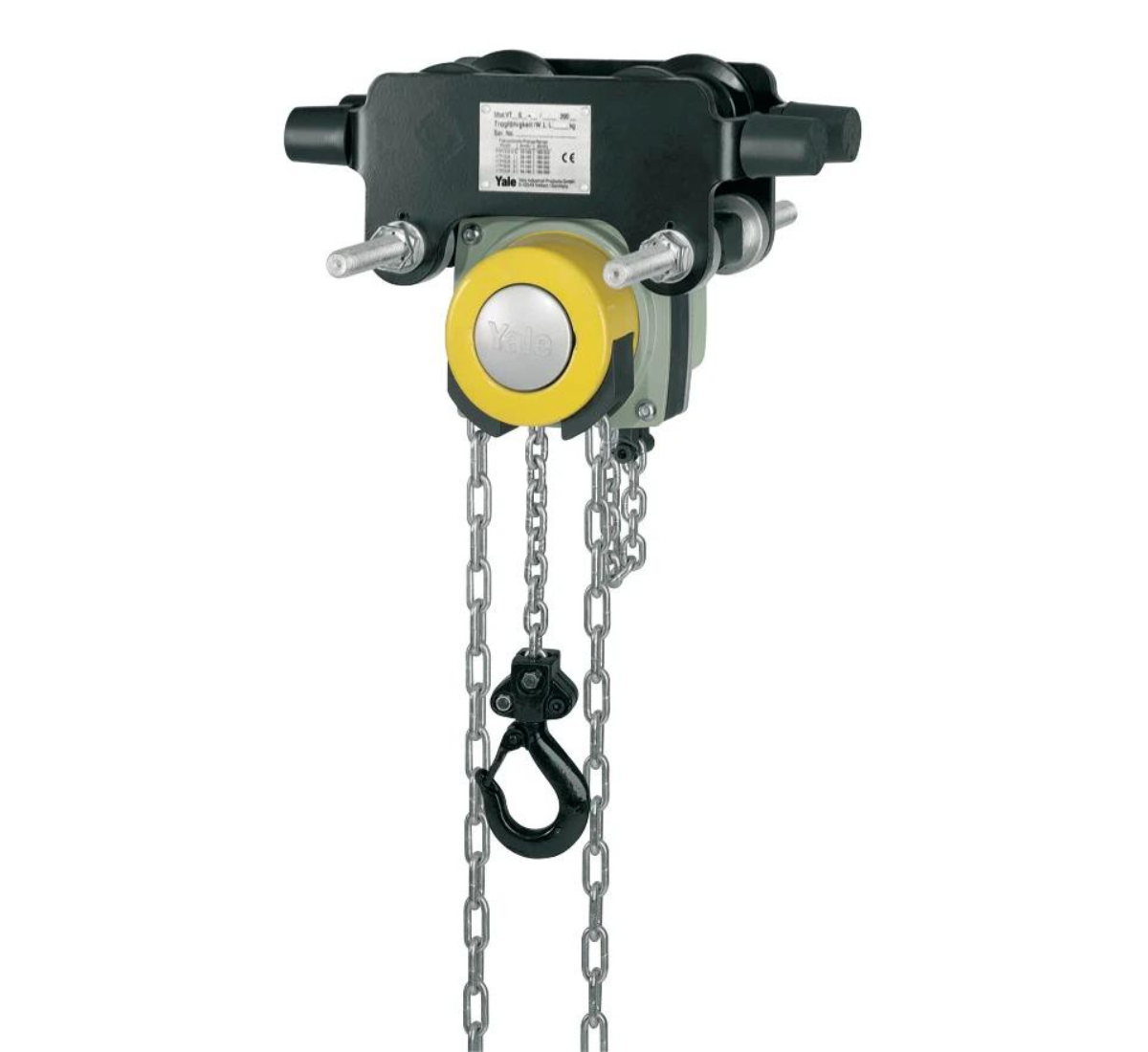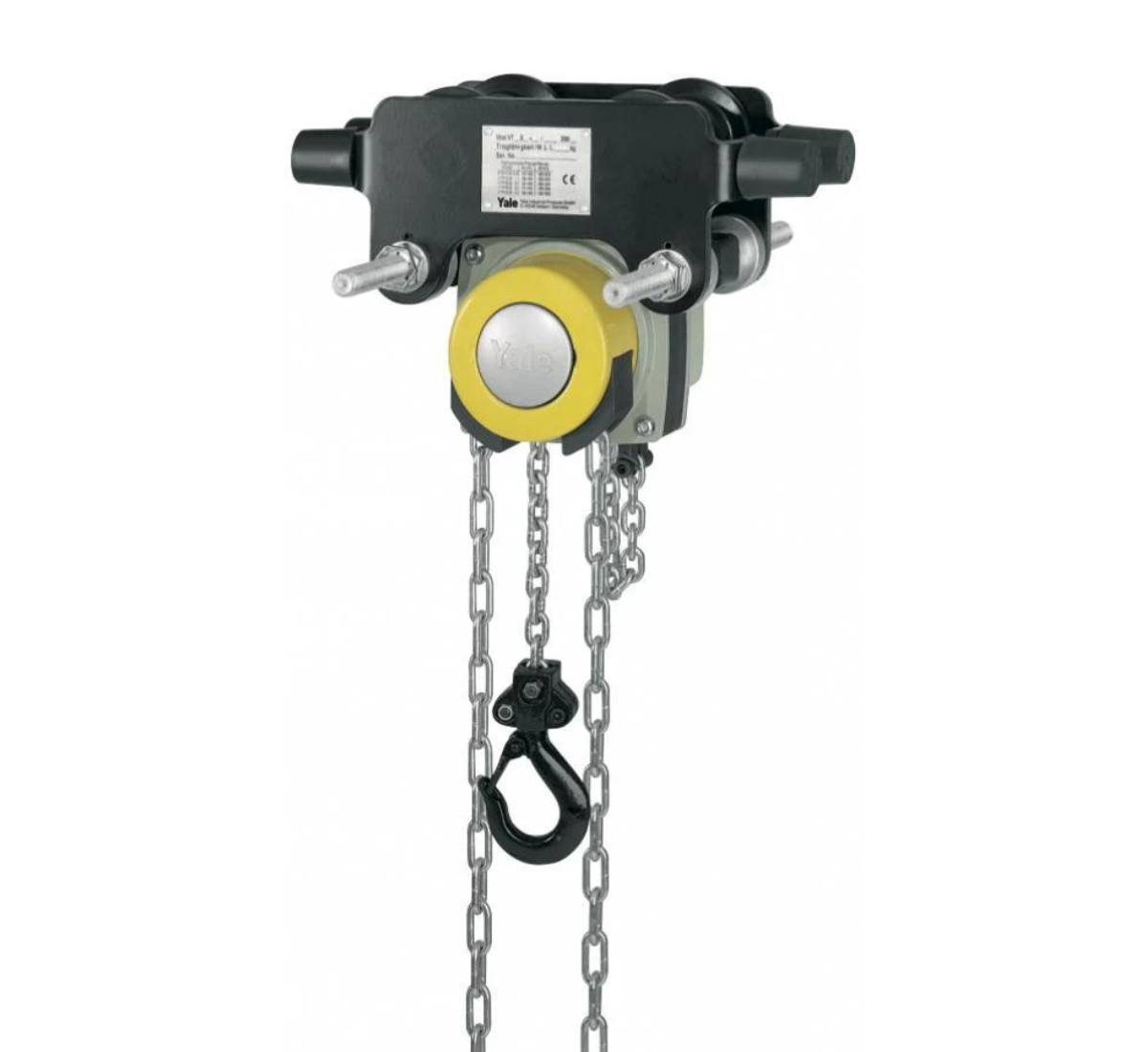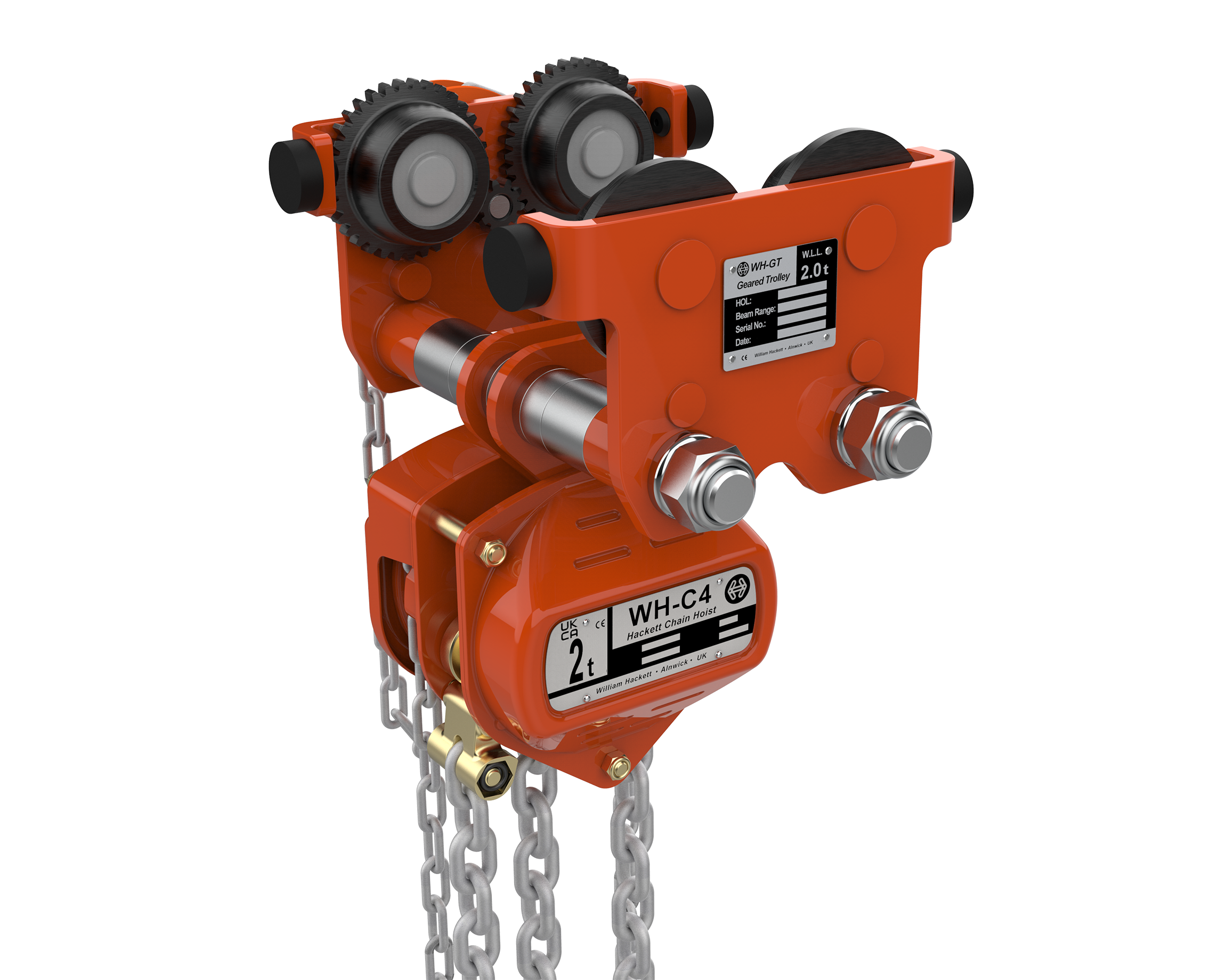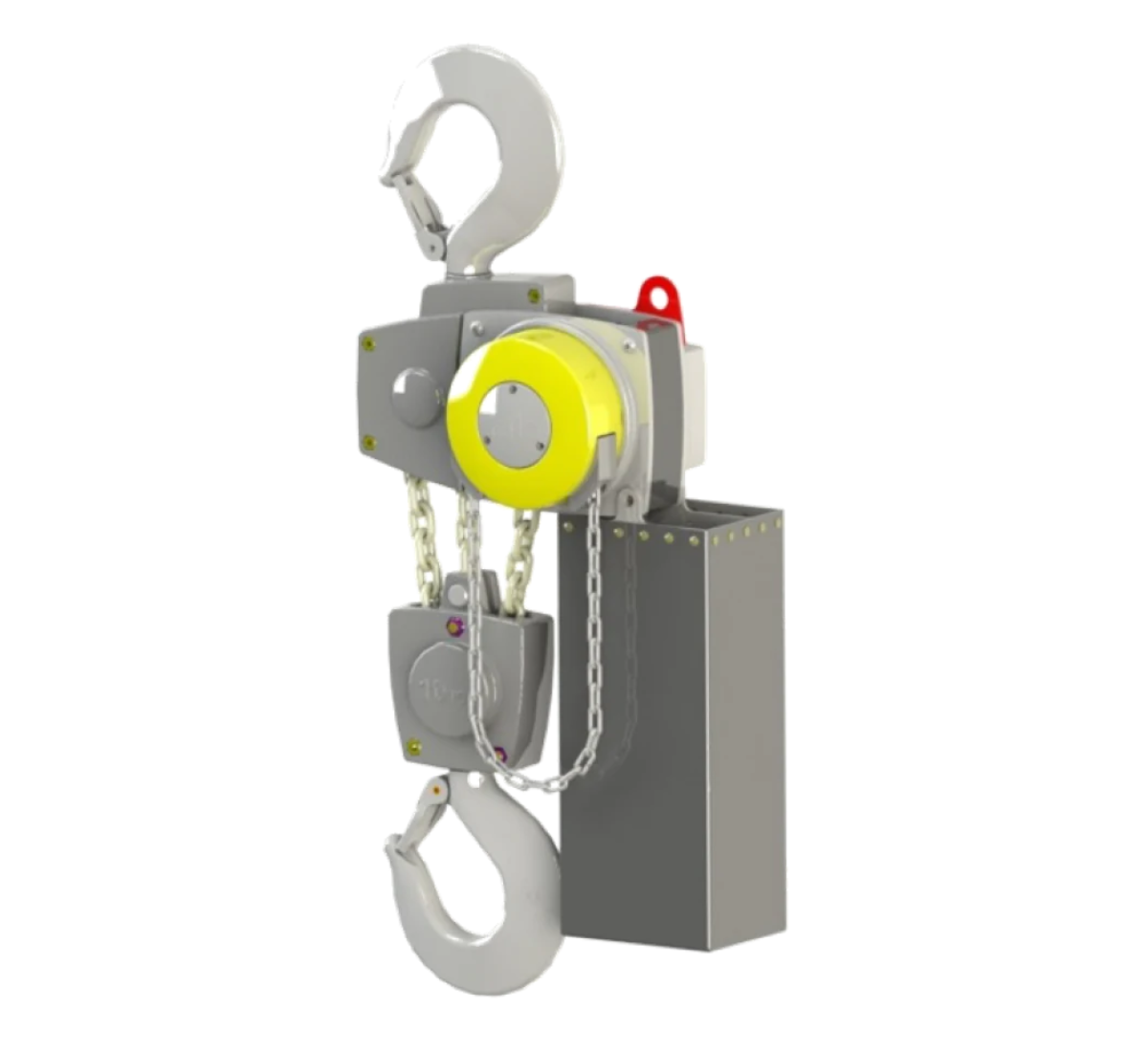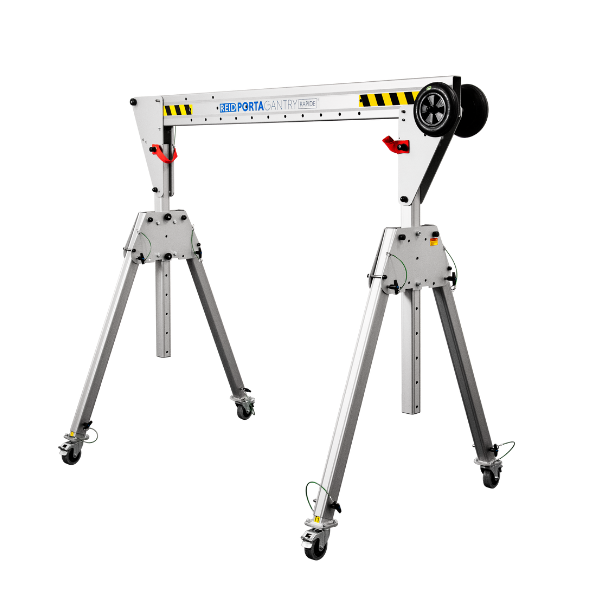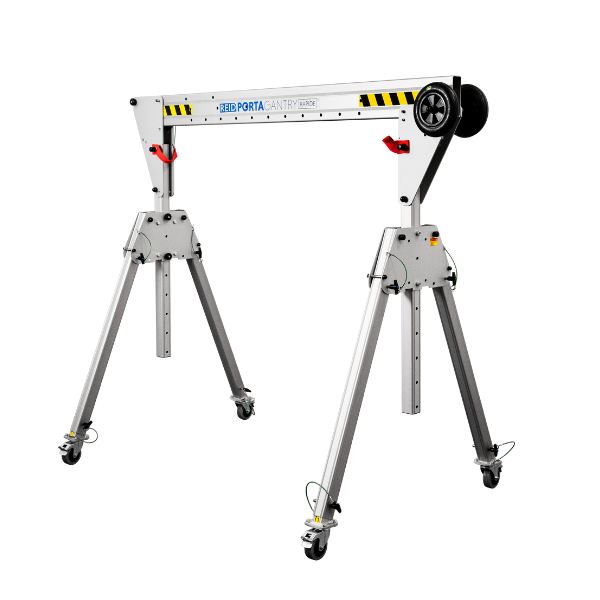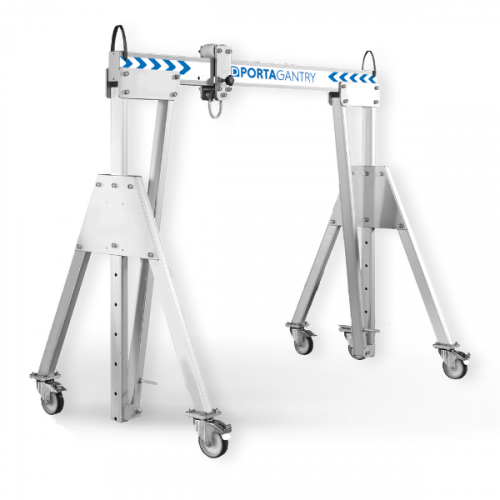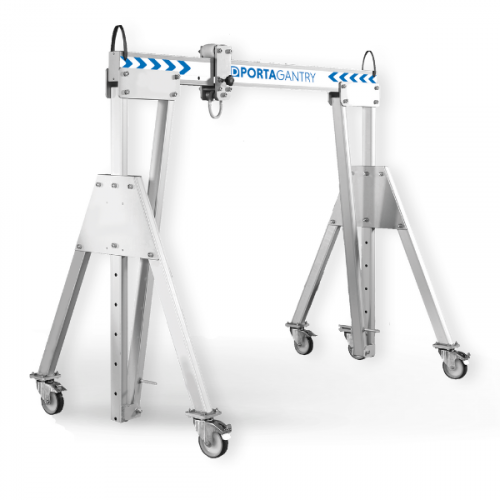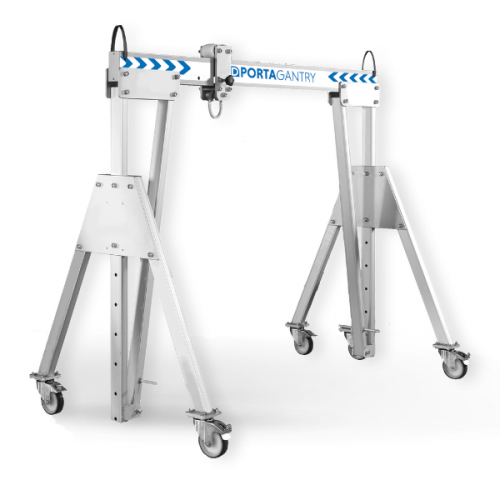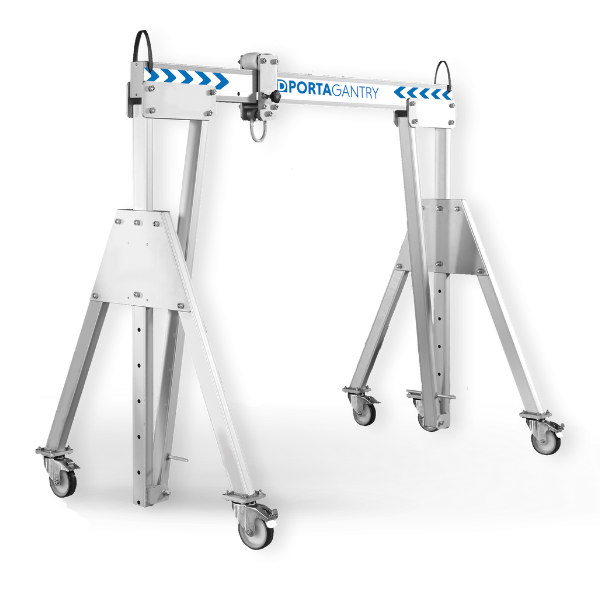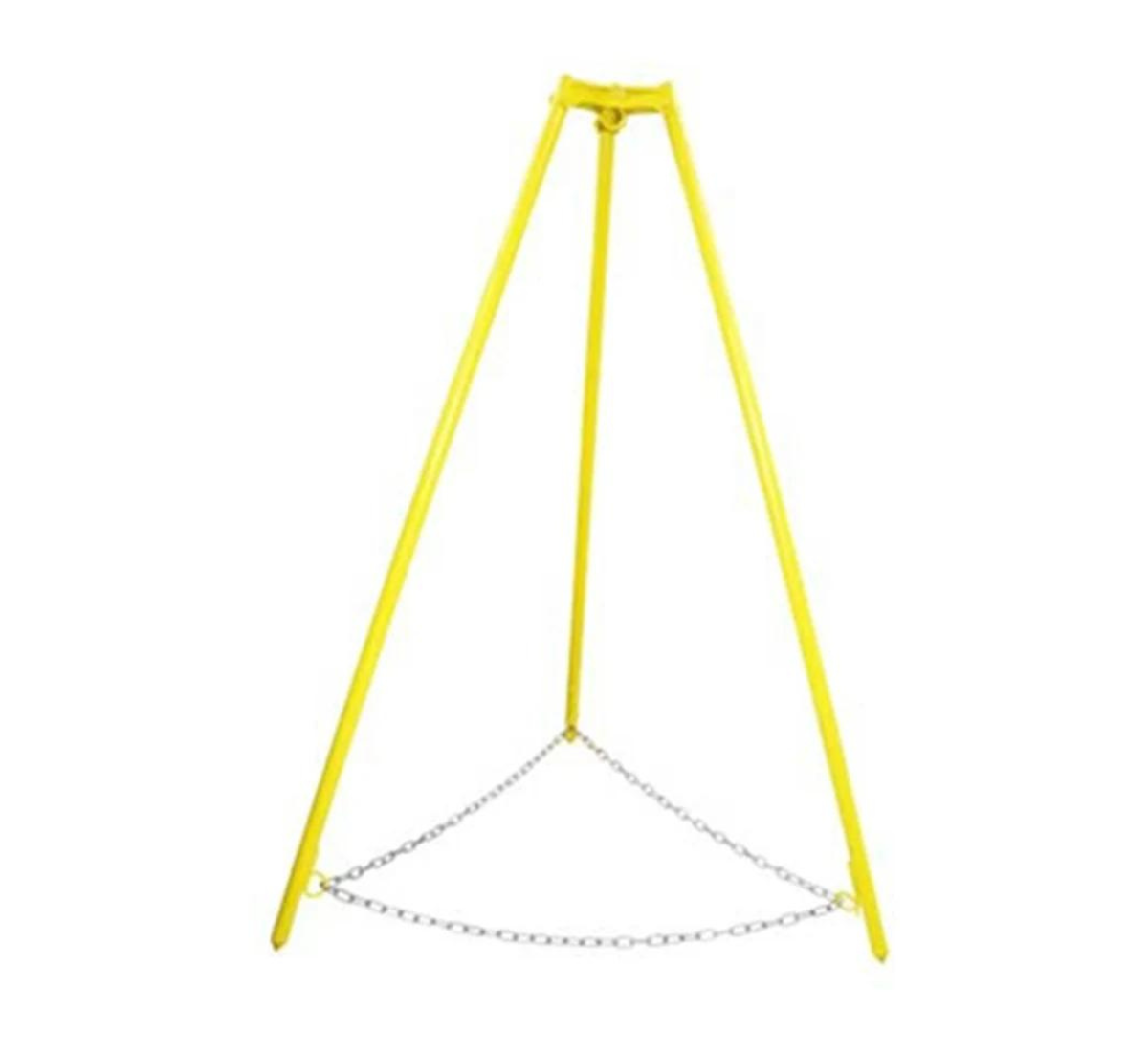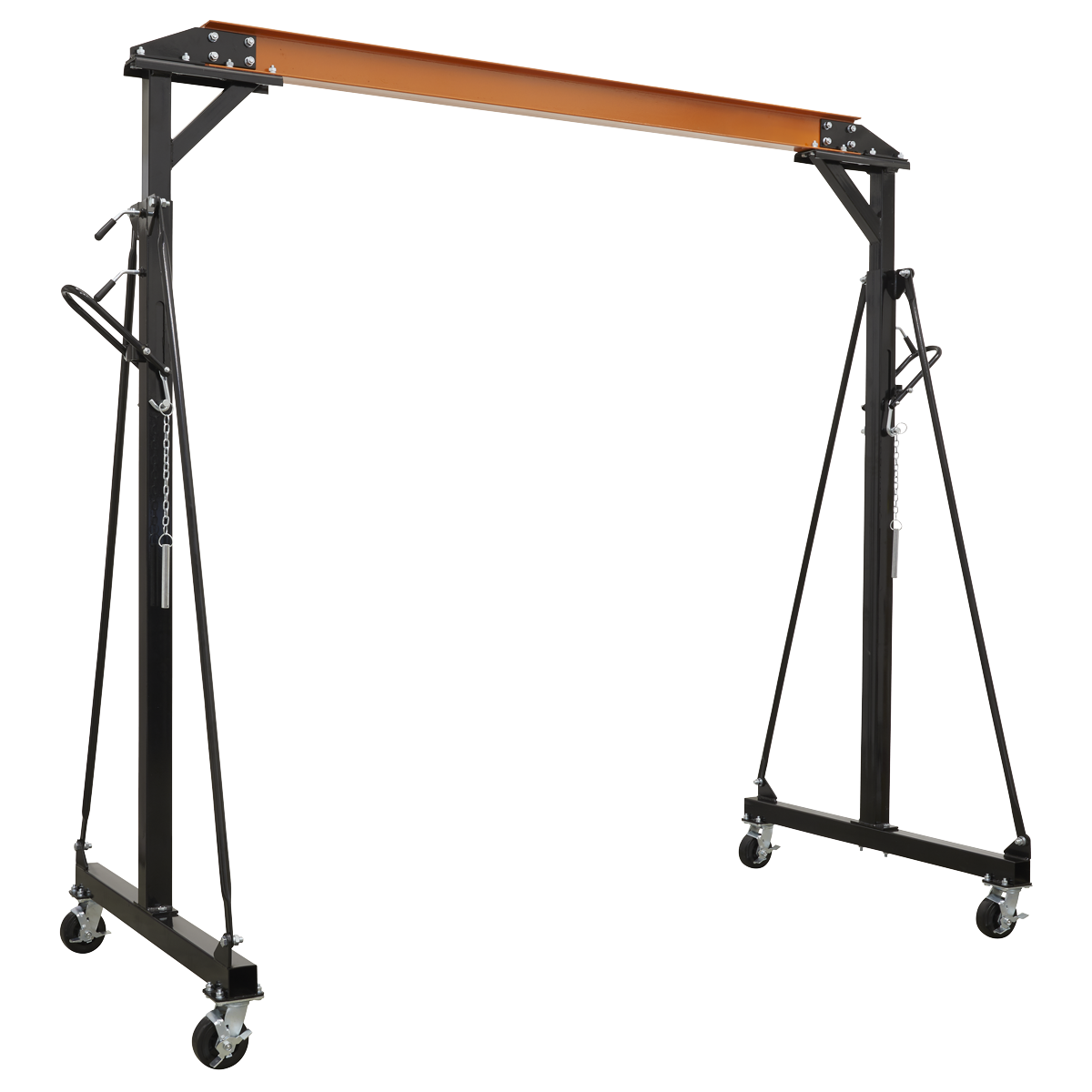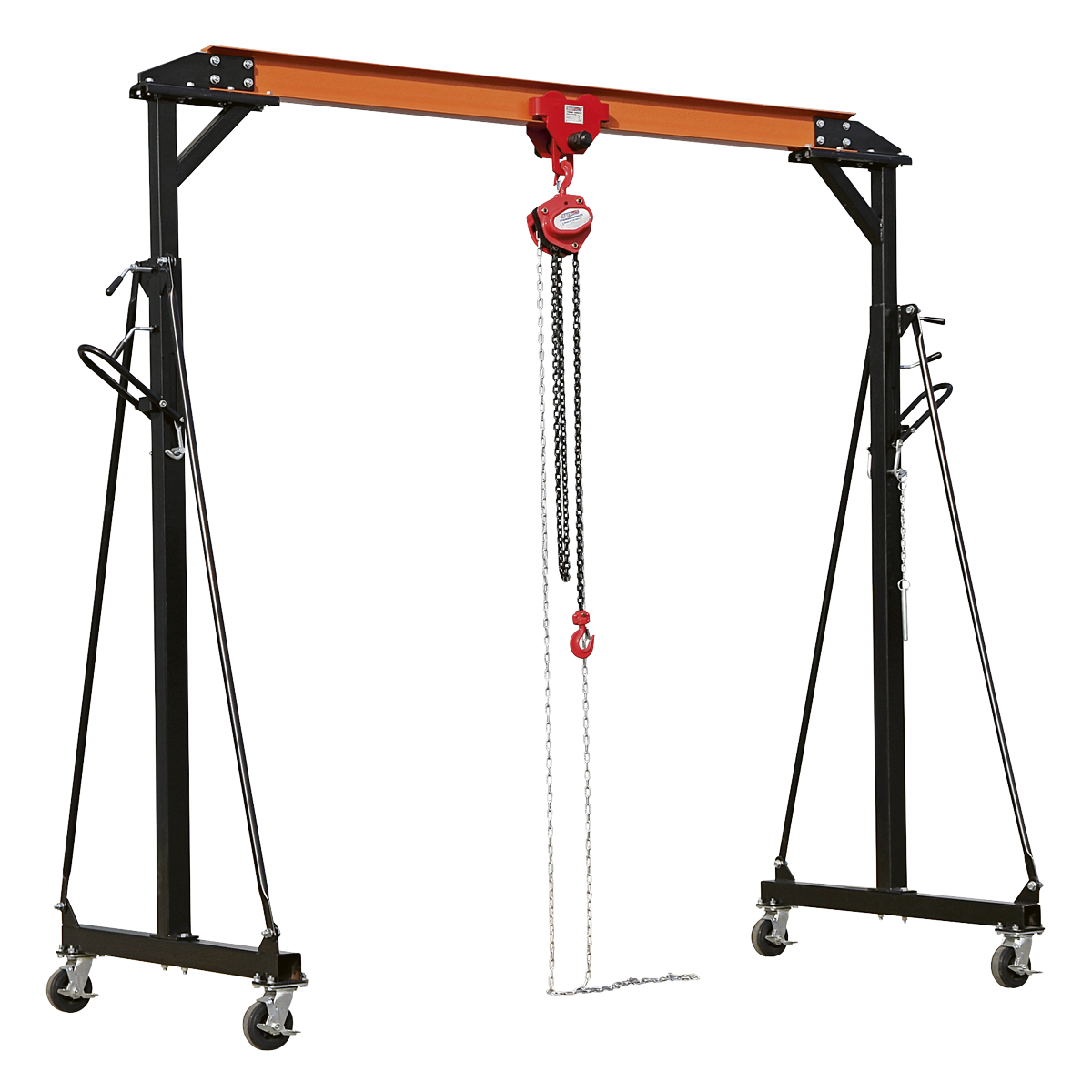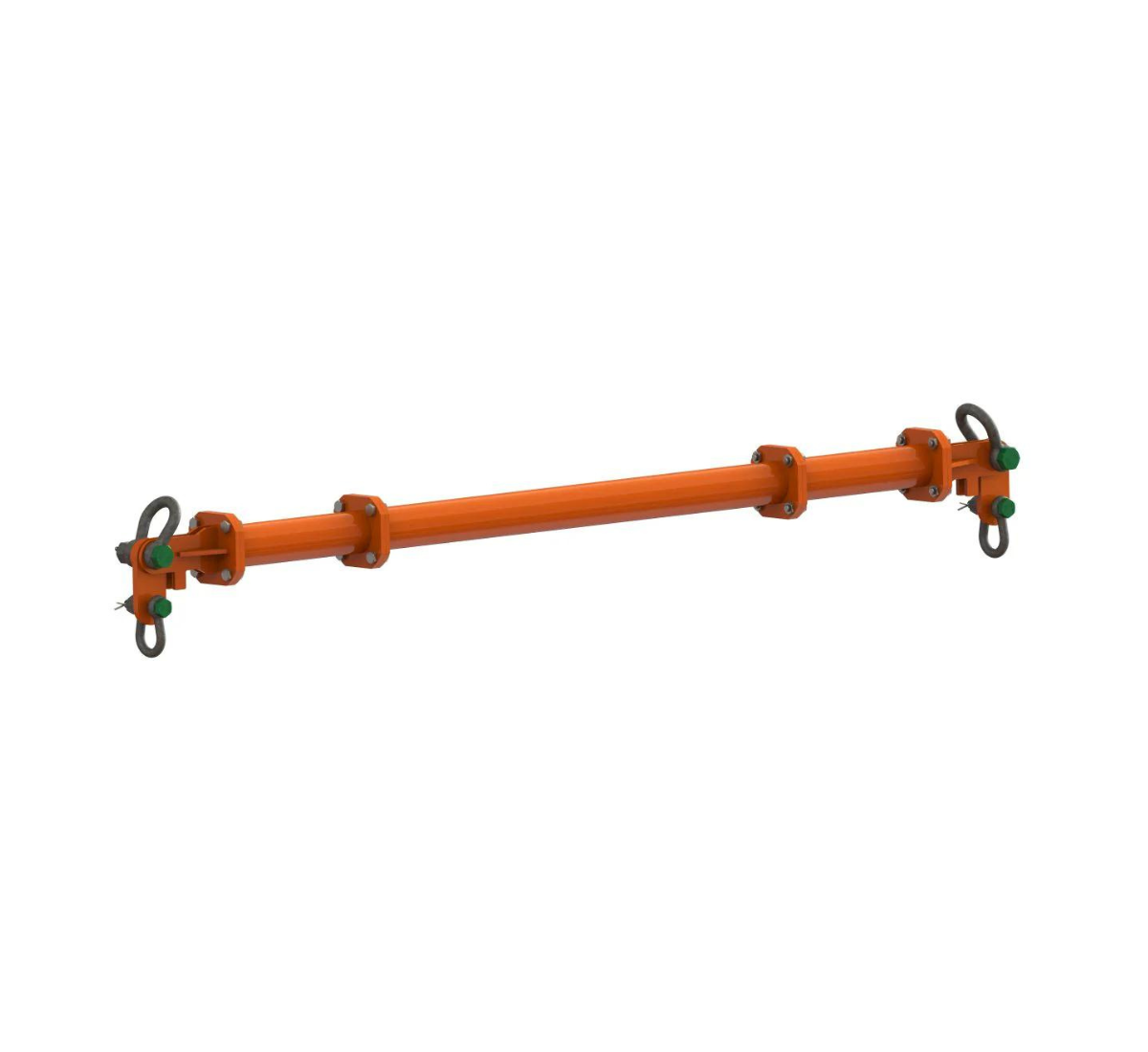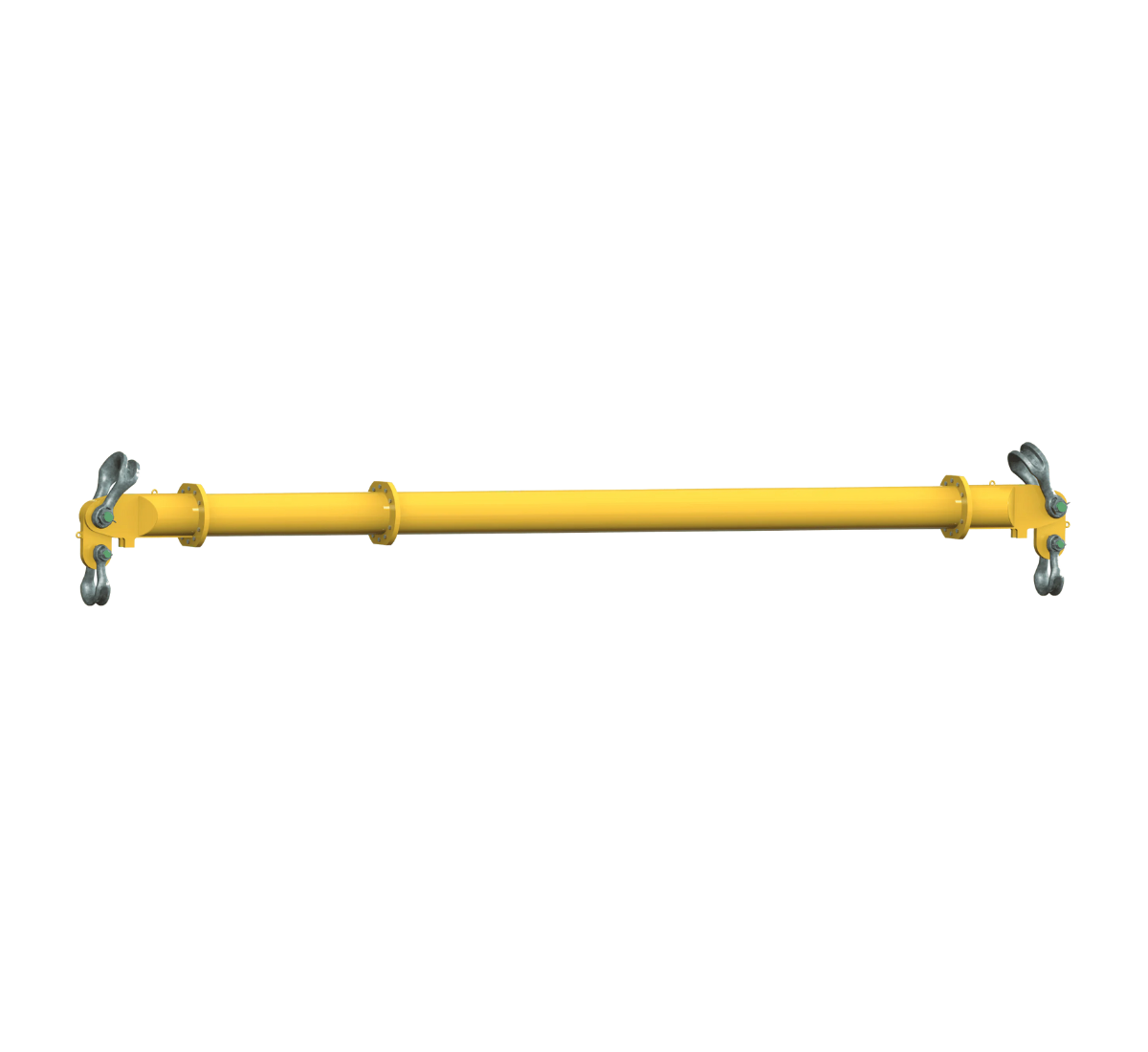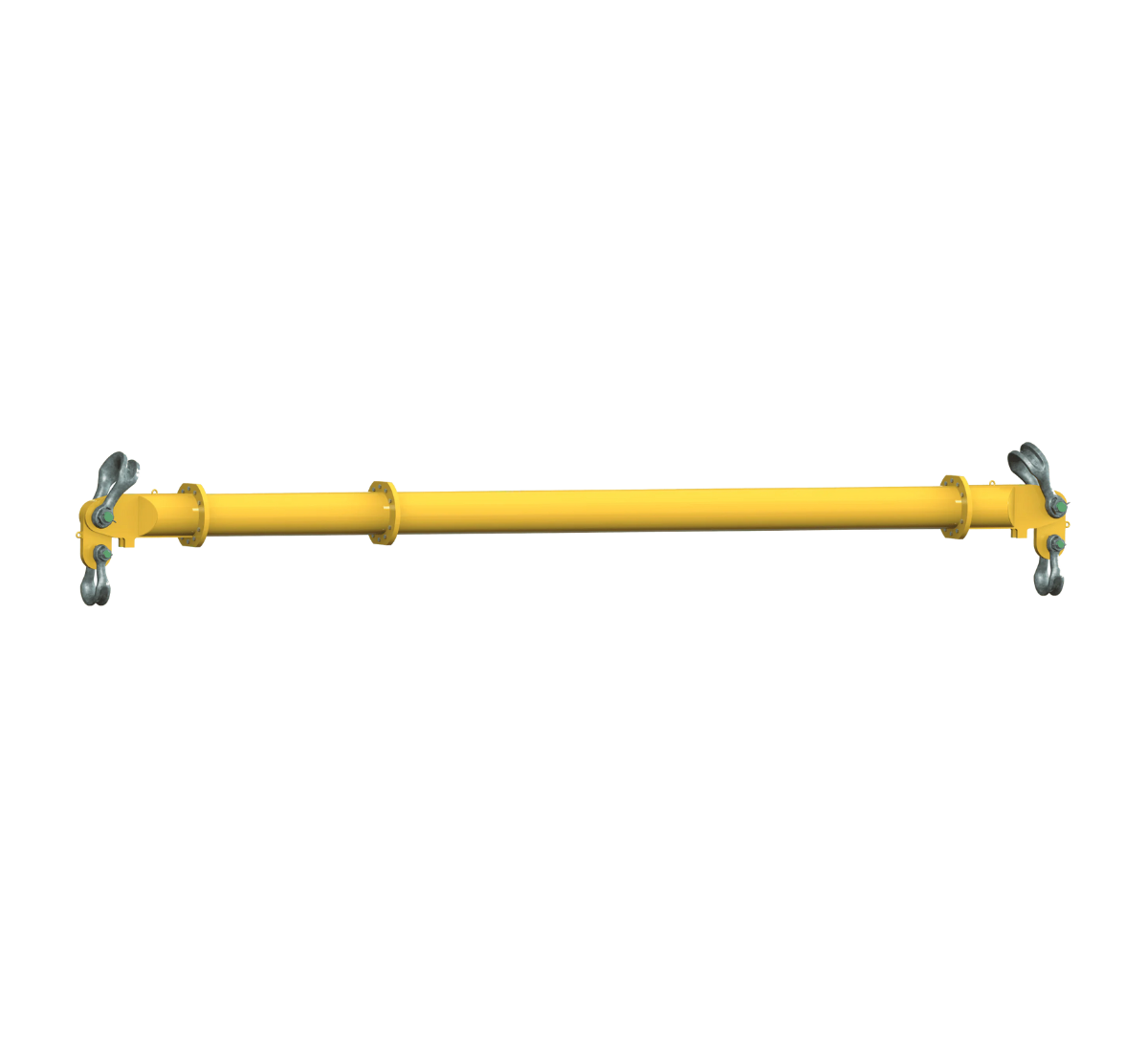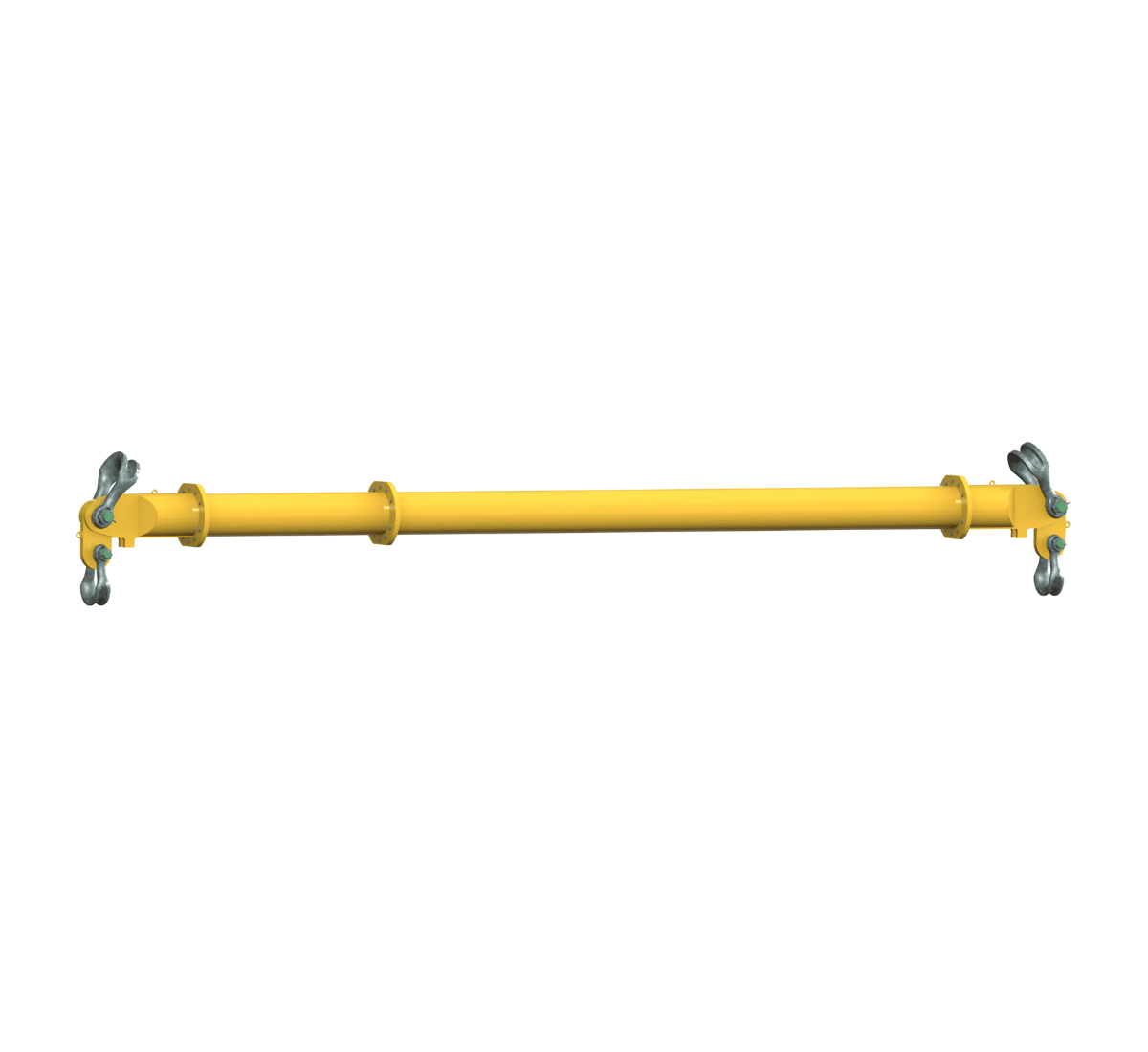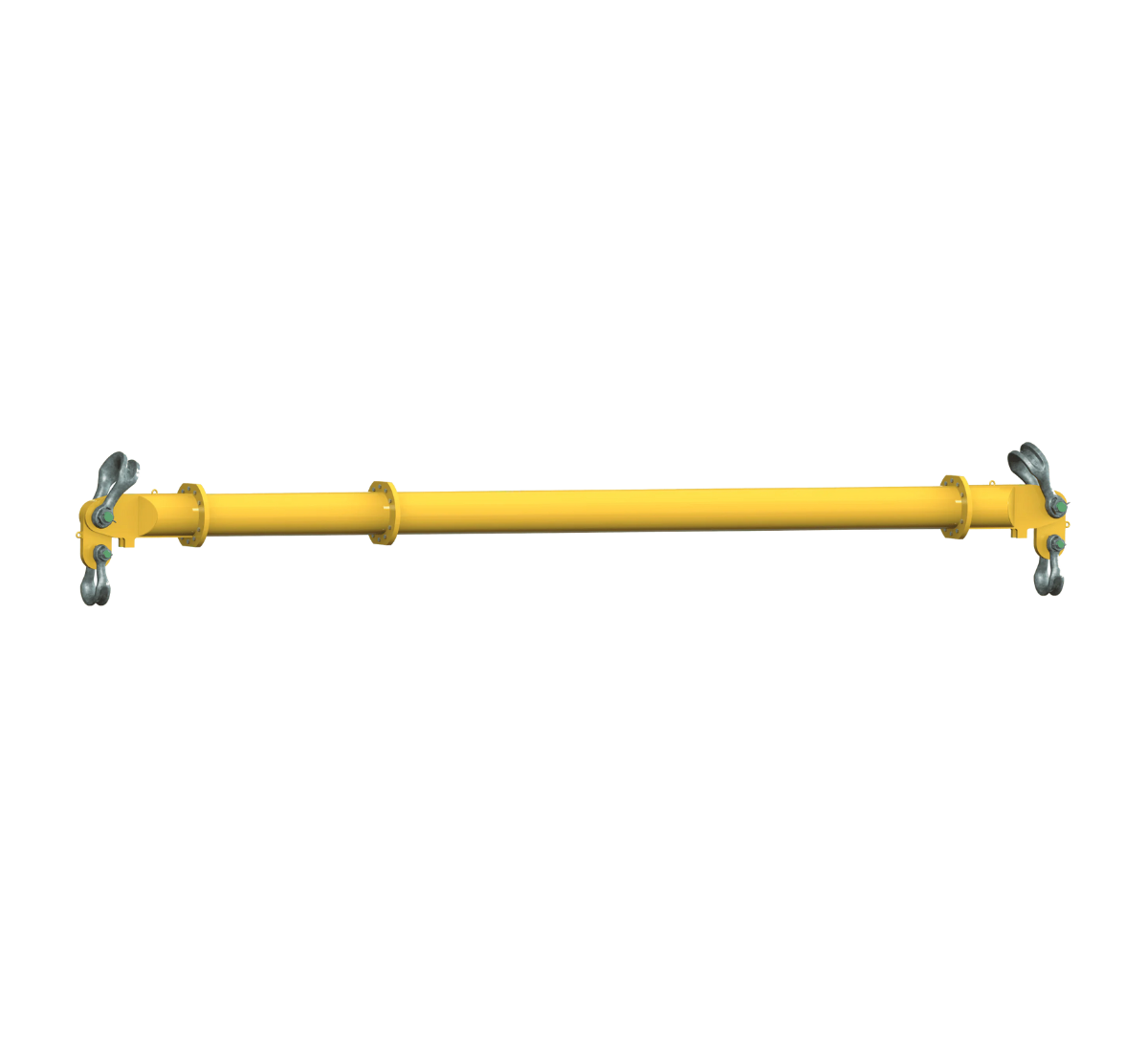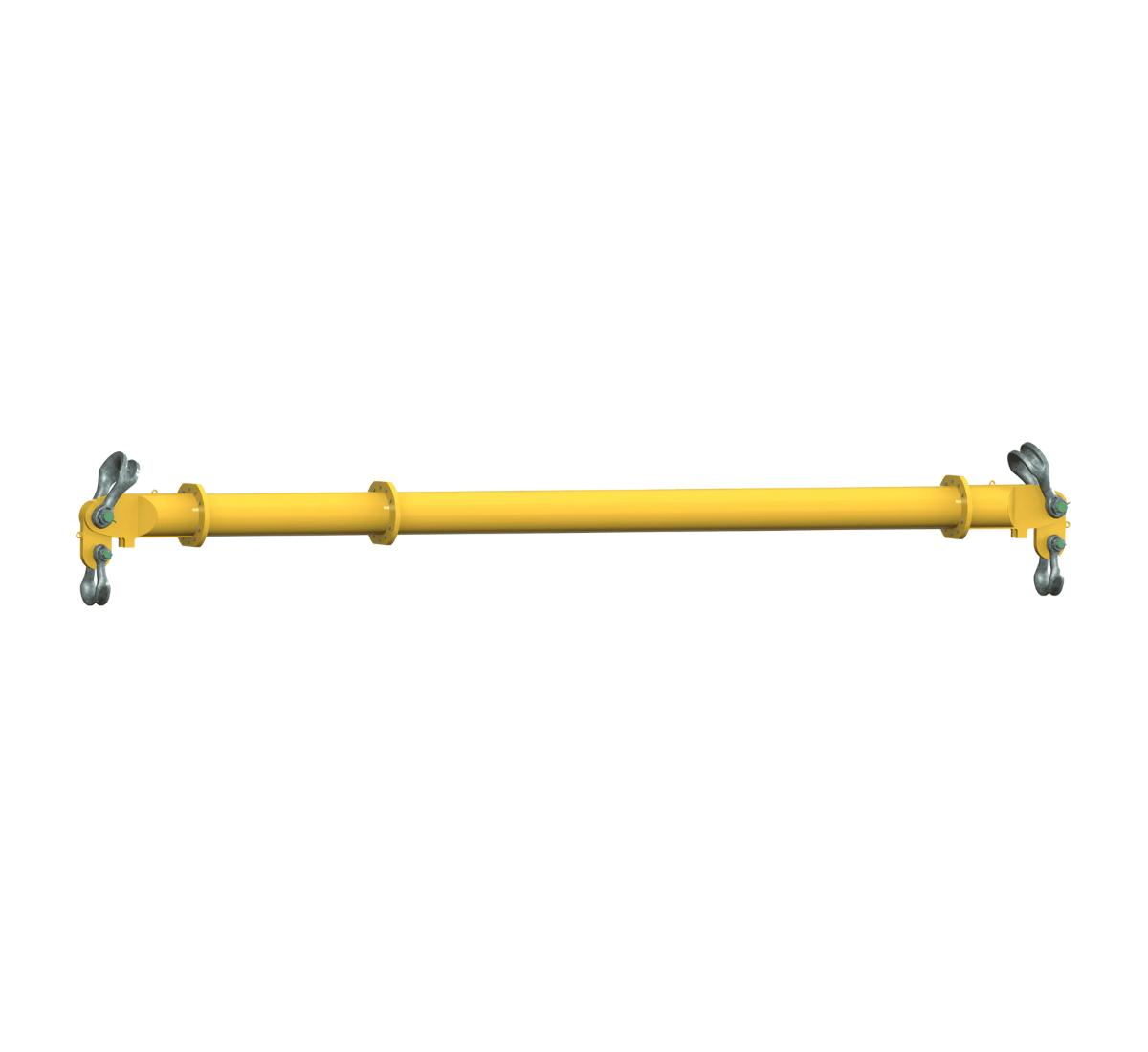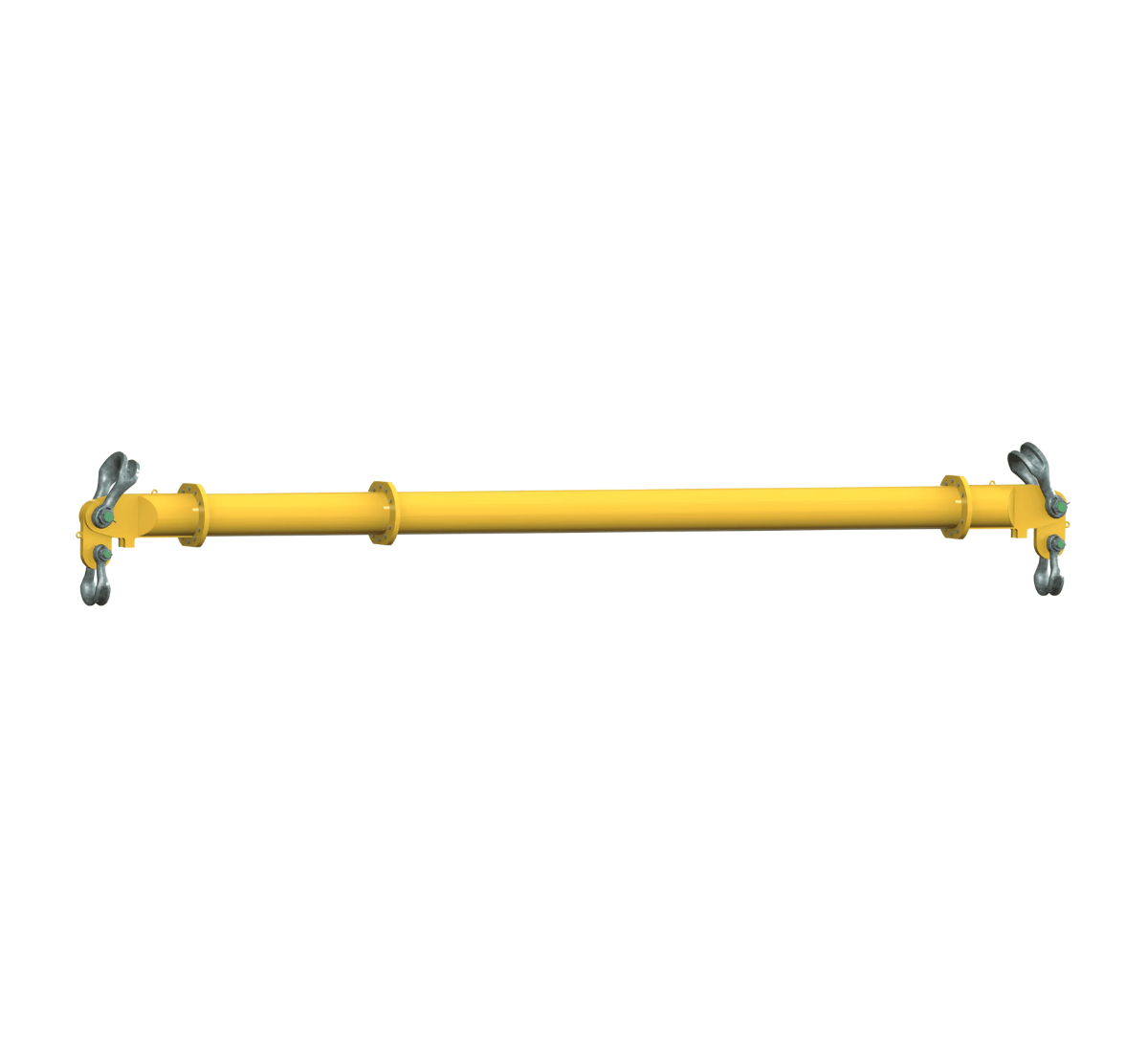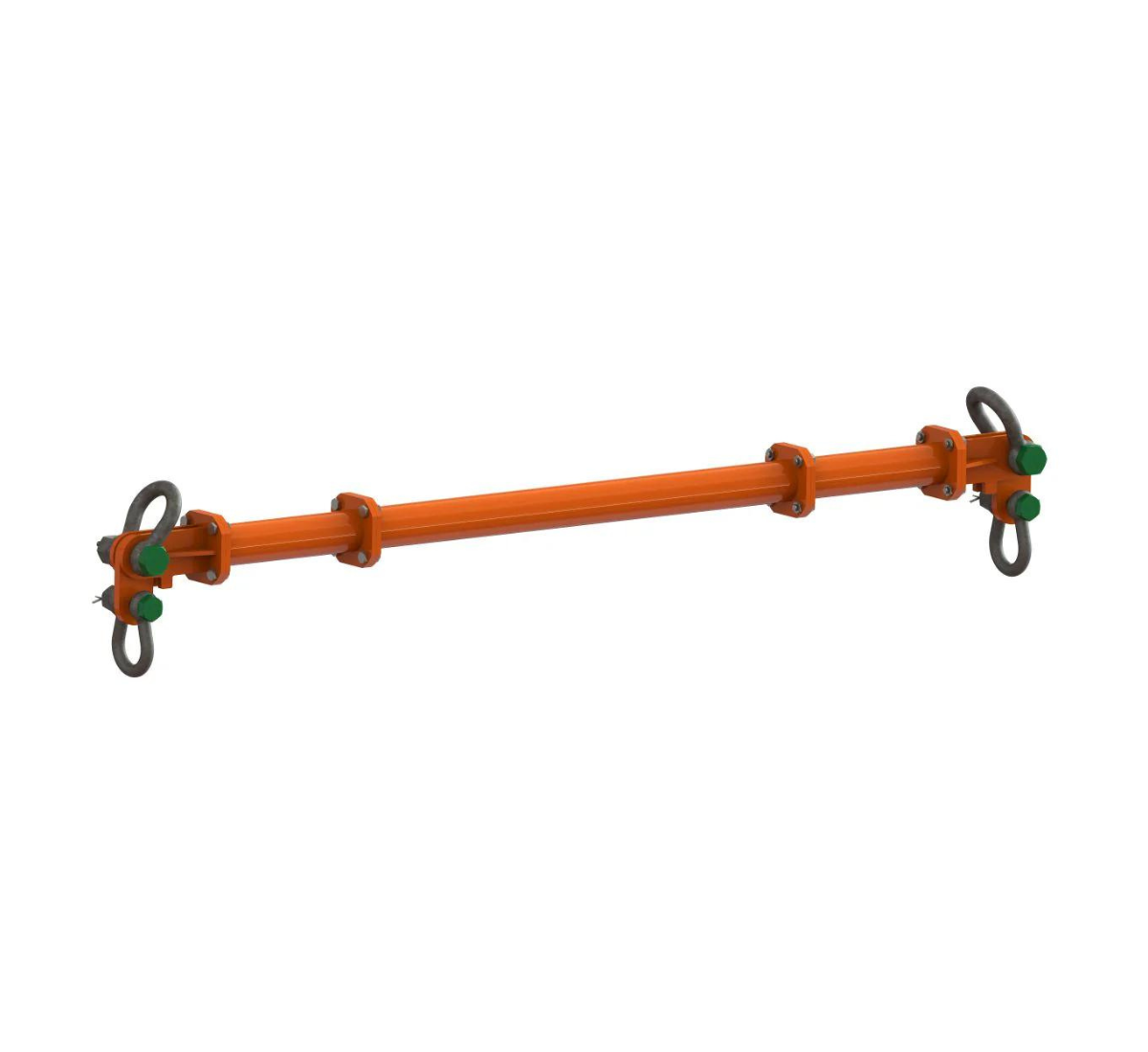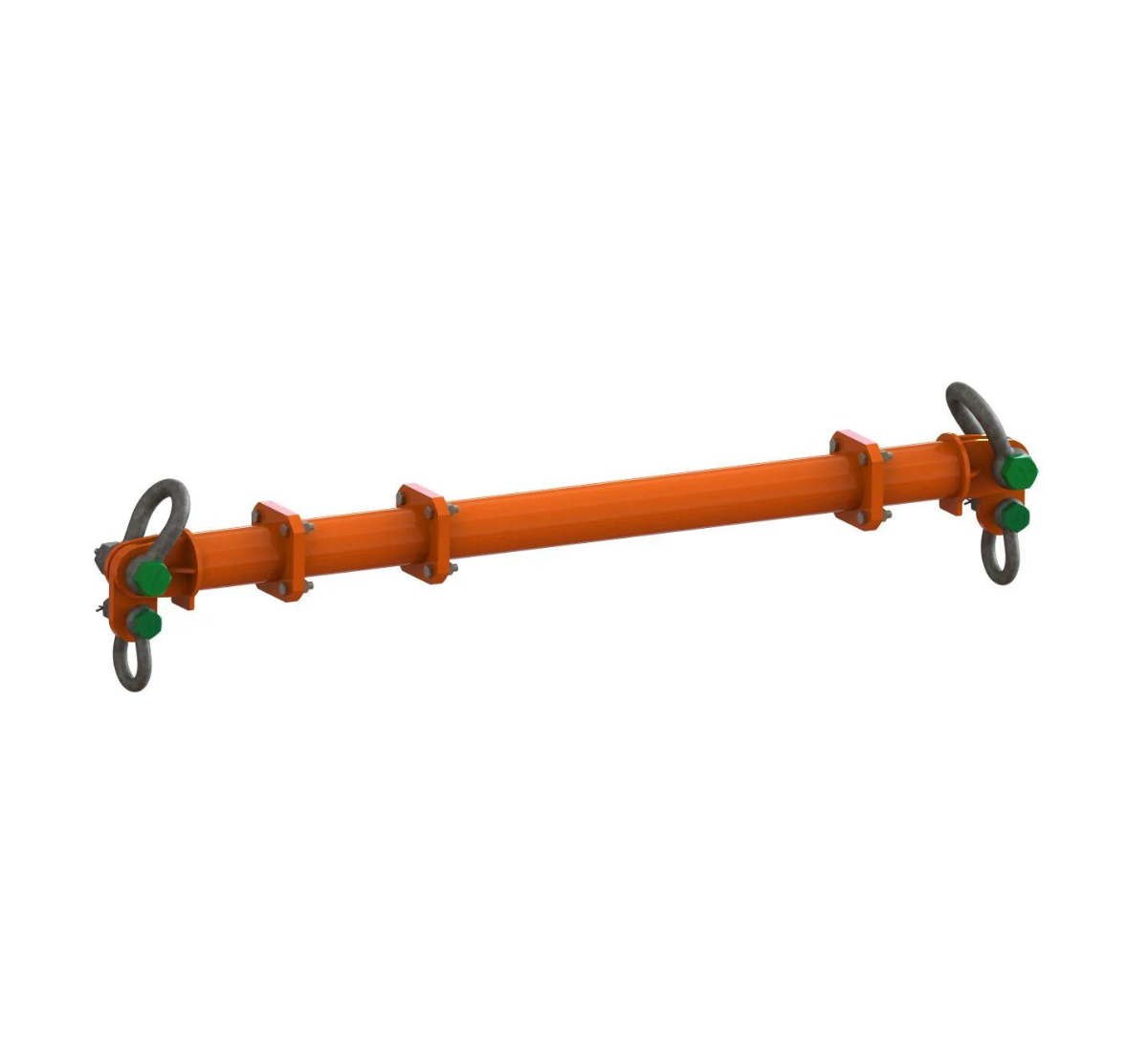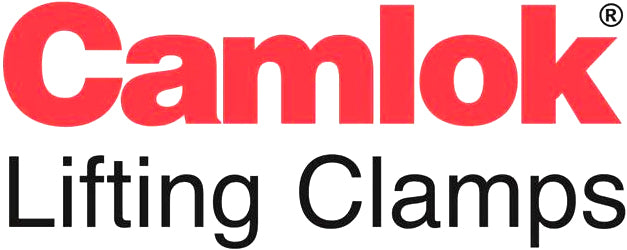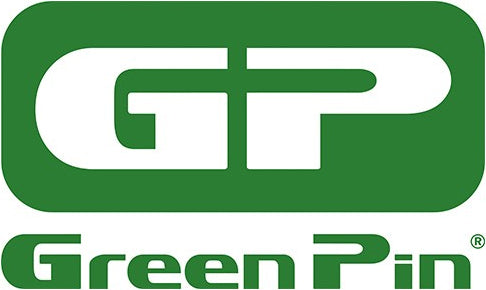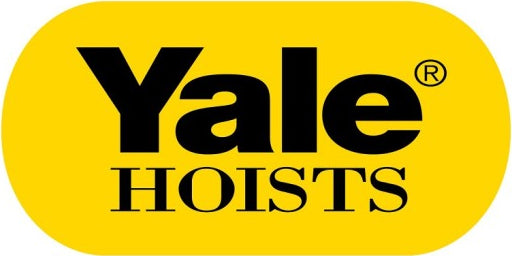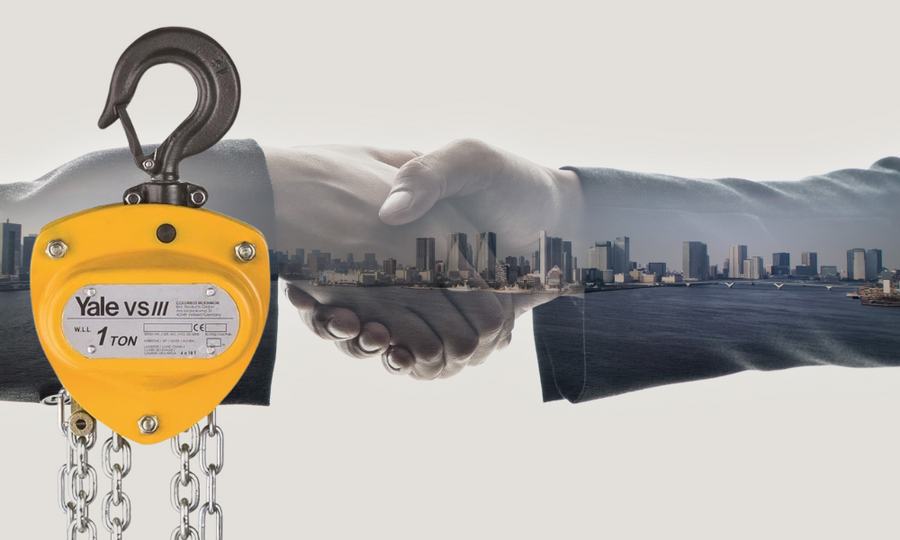Oil & Gas
The oil and gas industry is a cornerstone of the global energy supply and encompasses the exploration, extraction, refining and distribution of oil and natural gas. It plays a crucial role in powering economies and supporting modern lifeworld wide.

The oil and gas industry is a cornerstone of the global energy supply and encompasses the exploration, extraction, refining and distribution of oil and natural gas. It plays a crucial role in powering economies and supporting modern life worldwide.
The industry operates in challenging environments, from deep-water offshore rigs, to remote onshore fields. Central to these operations is the use of advanced technologies and robust infrastructure.
Specialised lifting equipment is crucial to ensure that the handling of heavy materials and machinery is safe and efficient. As the world transitions towards sustainable energy, the oil and sector continues to adapt, integrating new technologies and practices to meet evolving energy needs.
APPLICATIONS OF LIFTING EQUIPMENT ACROSS THE OIL AND GAS LIFECYCLE
Within oil and gas there are multiple processes that contribute to the smooth running of the industry. Let’s take a look at the different stages of oil and gas production and how lifting equipment facilitates it.
EXPLORATION
During the exploration phase seismic surveys are conducted to locate and map subsurface rock formations that may contain oil and gas reserves. Lifting equipment is used to handle and deploy seismic survey equipment and conduct the surveys. Seismic surveys are essential for reducing exploration risks, optimising locations and improving efficiency.
Drilling operations are a key part of the exploration process. They require the use of drilling rigs with specialised equipment and include various stages, such as exploration drilling to locate resources, and appraisal drilling to assess the size and viability of the reservoir. Cranes and hoists are used to lift drilling rigs, pipes and other heavy machinery needed for drilling operations. Precision, safety and efficiency are crucial and precise lifting equipment helps to ensure safe handling of these components.
PRODUCTION
During production, pipeline installation requires mobile cranes and winches to lay and maintain pipelines. Pipelines are critical for transporting oil and gas from production sites to refineries and distribution centres. As well as installing pipelines, lifting equipment is required for offshore platform maintenance. Offshore platforms require regular maintenance that can include lifting heavy components for repair or replacement. Lifting equipment ensures these tasks are performed safely and with minimal downtime.
REFINING AND DISTRIBUTION
Once materials have been extracted, they are transported onshore for refining and distribution. Refinery facilities handle large volumes of both raw materials and finished products. In order to facilitate the safe and efficient movement of these materials within the facilities, cranes and hoists are required. These materials are stored in large storage tanks, which require regular maintenance. Lifting equipment is essential for this maintenance, including lifting tank roofs and heavy valves for inspection and repair.
ESSENTIAL EQUIPMENT IN THE OIL AND GAS SECTOR
Cranes:
Offshore drilling platforms and rigs utilise robust cranes designed to withstand harsh marine conditions. These cranes handle heavy loads, such as drilling equipment, pipes and machinery which are essential for drilling operations. Onshore oil fields and refineries use mobile cranes for their versatility and mobility. These cranes can quickly move across sites, lifting and transporting equipment and materials where needed.
Hoists:
Chain hoists are used for lifting heavy equipment and tools in both offshore and onshore facilities. They are essential for tasks that require precise positioning of loads. AS well as chain hoists, wire rope hoists are used for lifting large valves and sections of pipelines as their strength and durability make them ideal for lifting very heavy loads.
Winches:
Hydraulic winches provide powerful and reliable lifting and pulling capabilities. They are used for various applications, such as deploying and retrieving anchors, handling mooring lines, and position equipment. Electric winches offer more controlled lifting and are used for tasks that require precision, such as lowering equipment into wells or lifting delicate instruments.
Aerial Work Platforms (AWPs):
AWPs include scissor lifts, which provide a stable platform for workers to access elevated areas safely, and boom lifts, which offer extended reach and flexibility, enabling workers to access hard-to-reach areas around rigs and processing plants. Both AWPs are commonly used for maintenance, inspection, repair and installation tasks.
SAFETY CONSIDERATIONS
As with all industries using lifting equipment there are safety considerations to take into account. Any lifting equipment used in the oil and gas industry has to be spark-proof and ATEX-rated to ensure the maximum safety of workers when operating lifting equipment in potentially explosive atmospheres.
ATEX certification indicates that the equipment is designed to prevent ignition sources, reducing the risk of explosions in environments with flammable gases, vapours, or dust. Having spark proof equipment is crucial in minimising any potential risk in the oil and gas sector, where such hazardous conditions are common.
Employing ATEX-rated equipment enhances operational safety, protects personnel, and ensures compliance with strict industry regulations. It also minimises the risk of costly accidents and operational disruptions, contributing to a safer and more efficient work environment in this high-risk industry.
As well as ensuring ATEX-rating for lifting equipment, it’s also important that oil and gas facilities follow LOLER (Lifting Operations and Lifting Equipment Regulations 1998) and PUWER (Provision and Use of Work Equipment Regulations1998).
